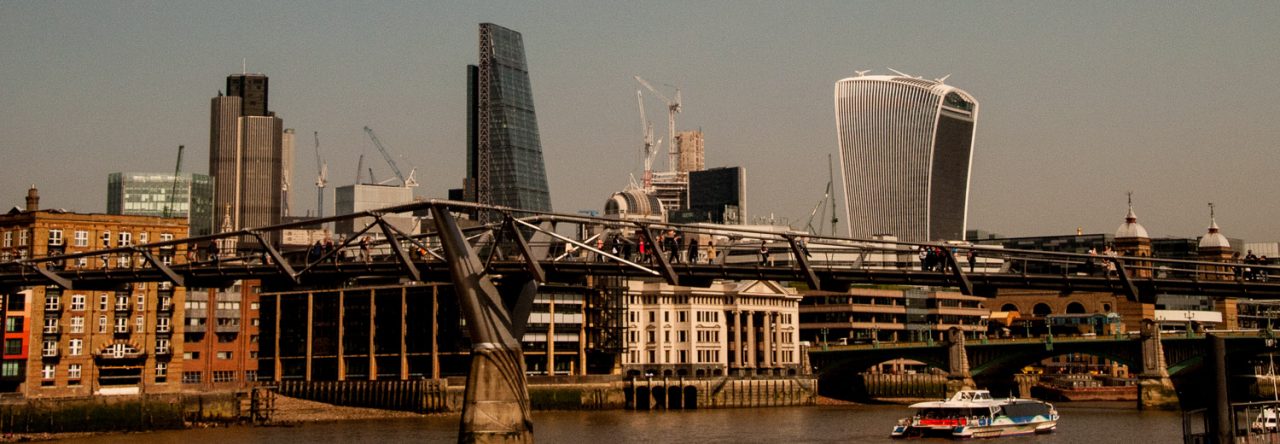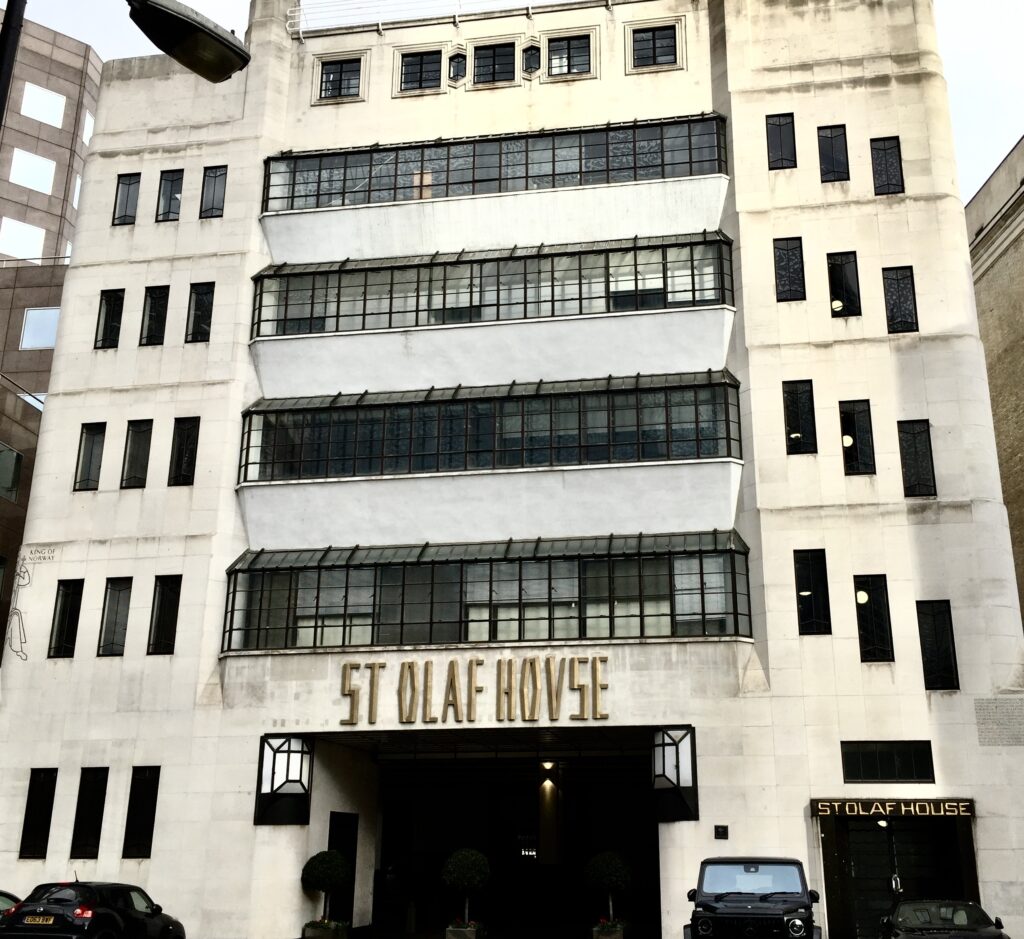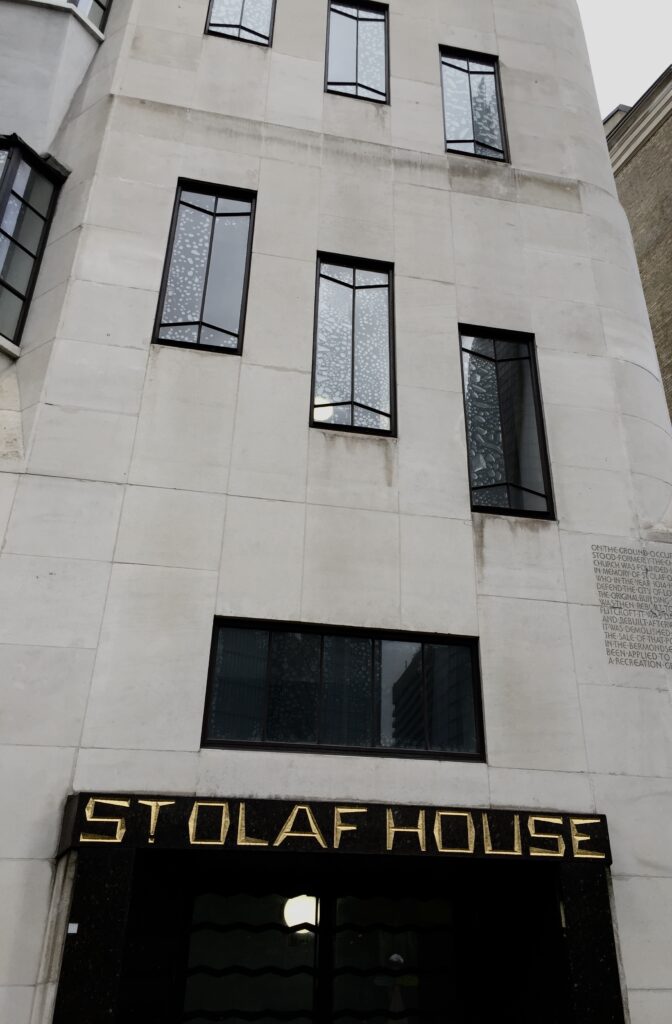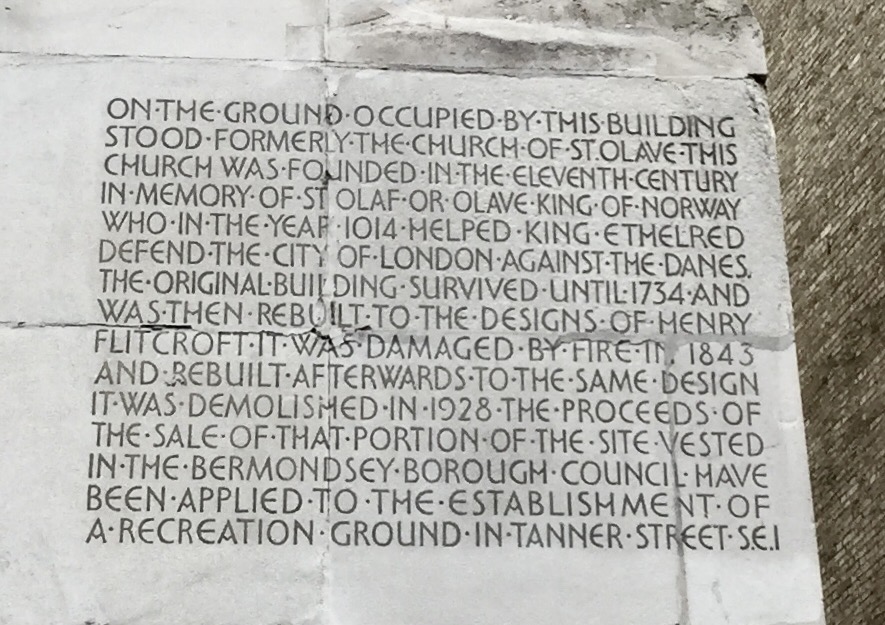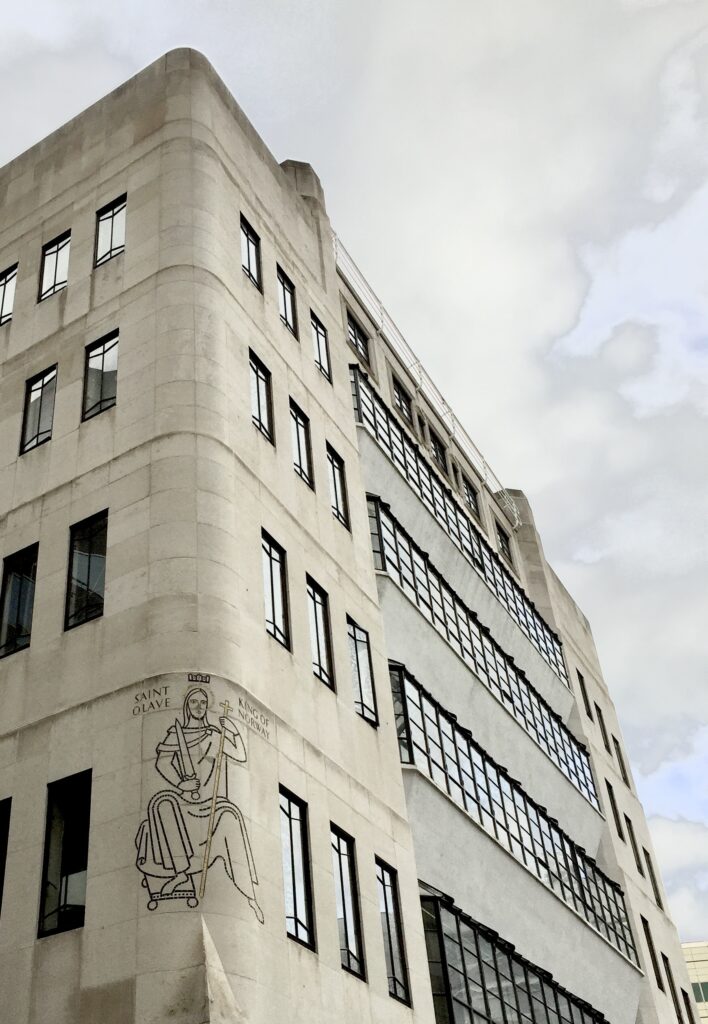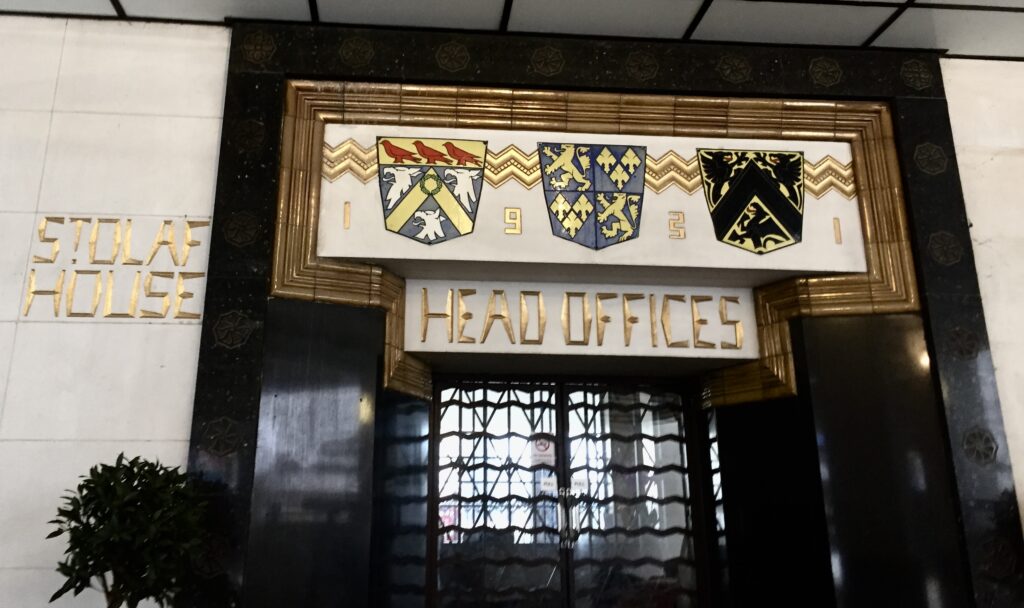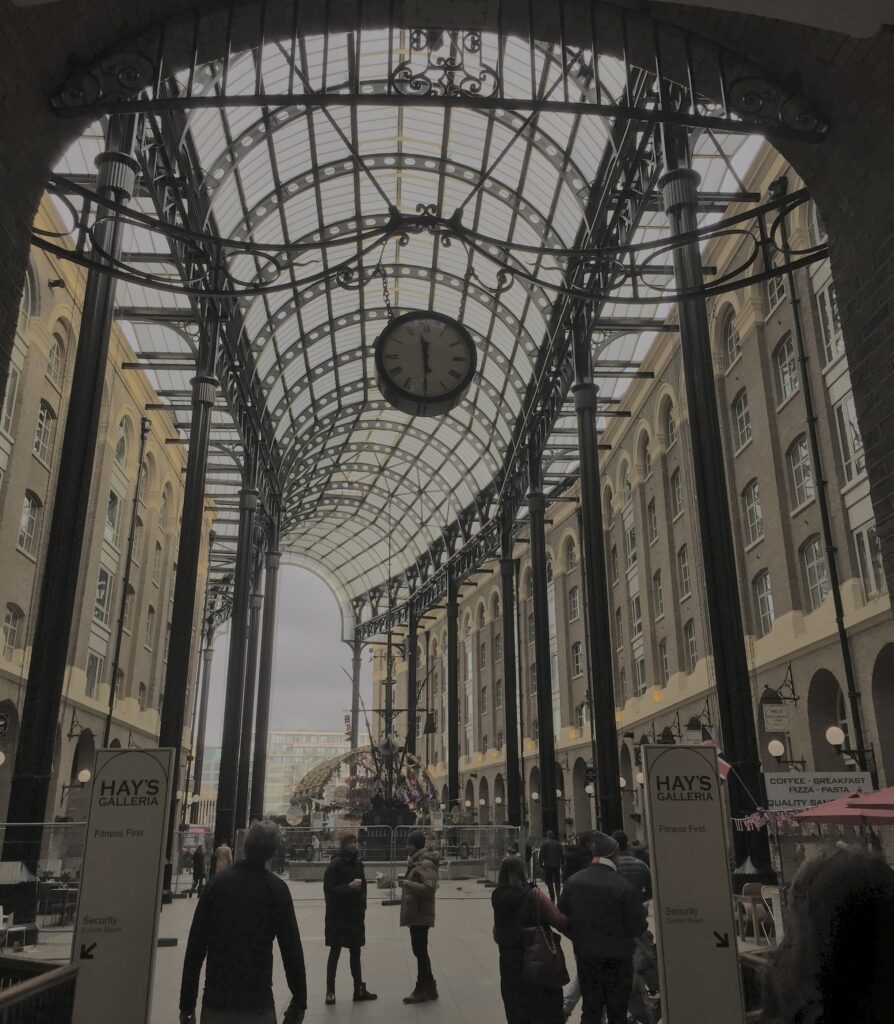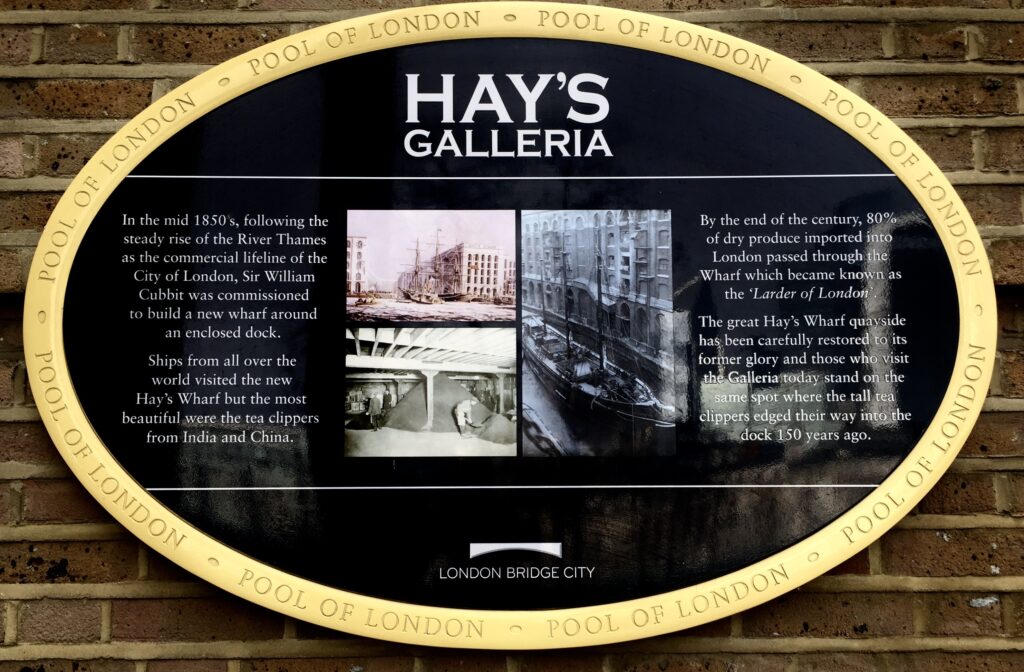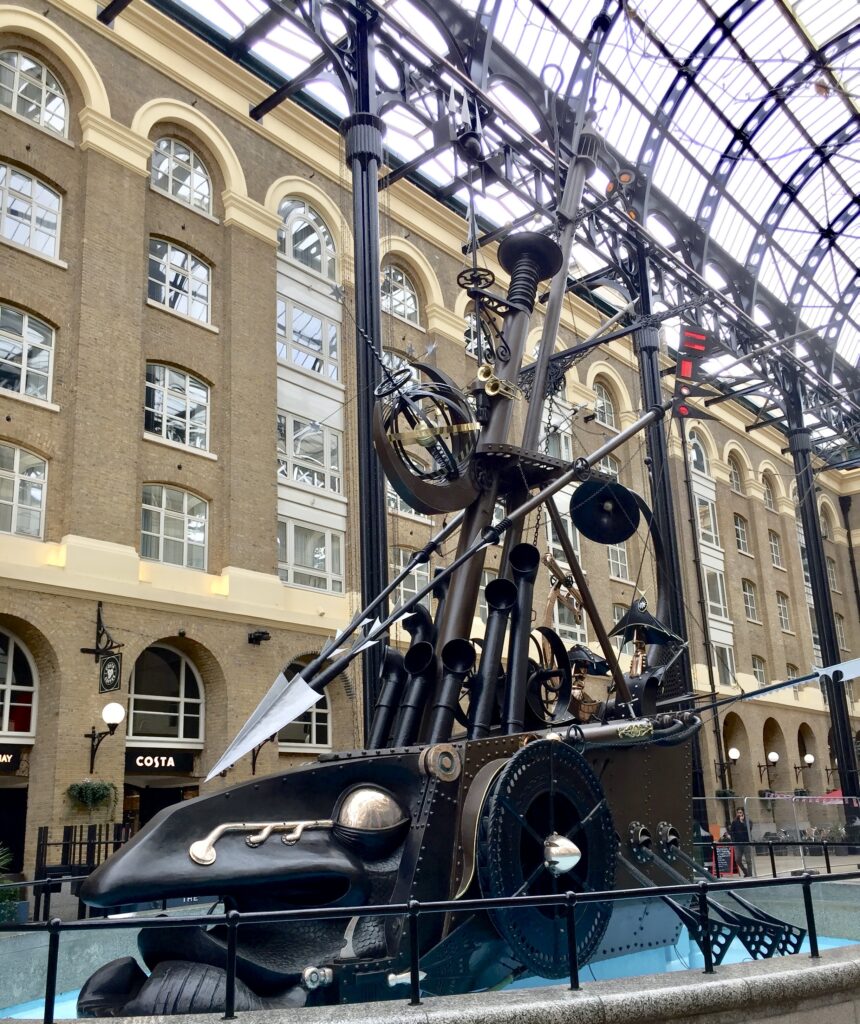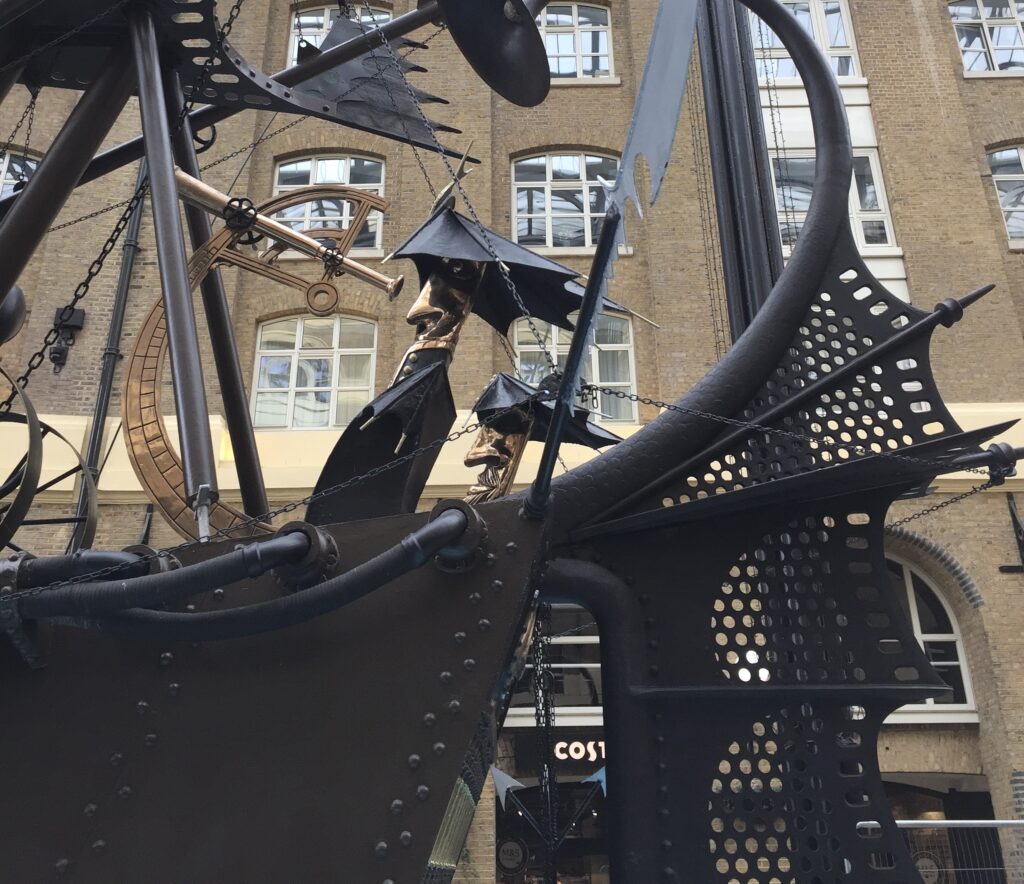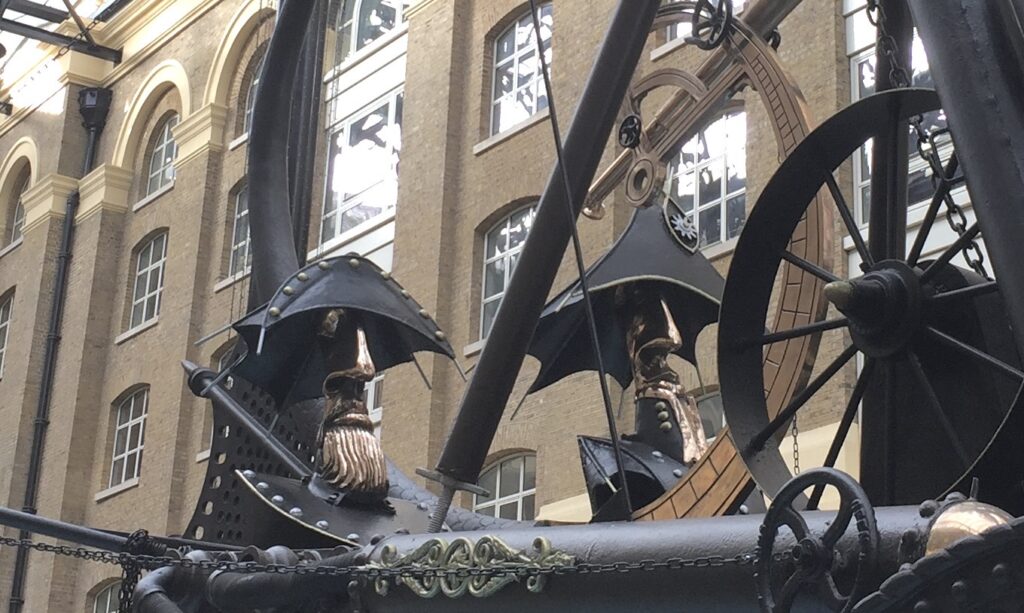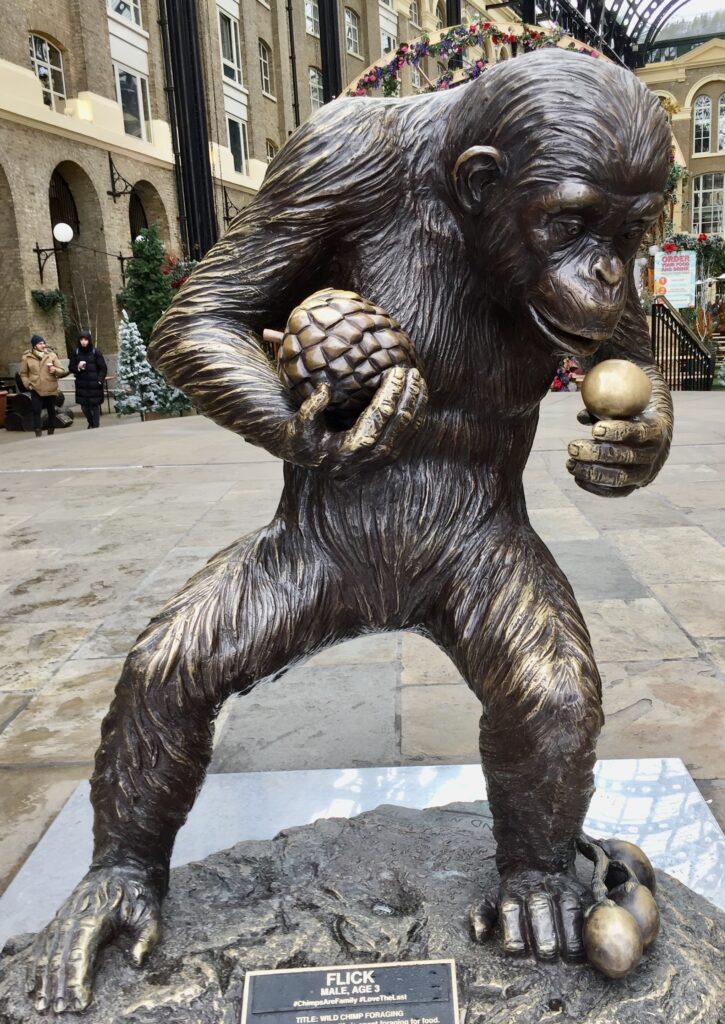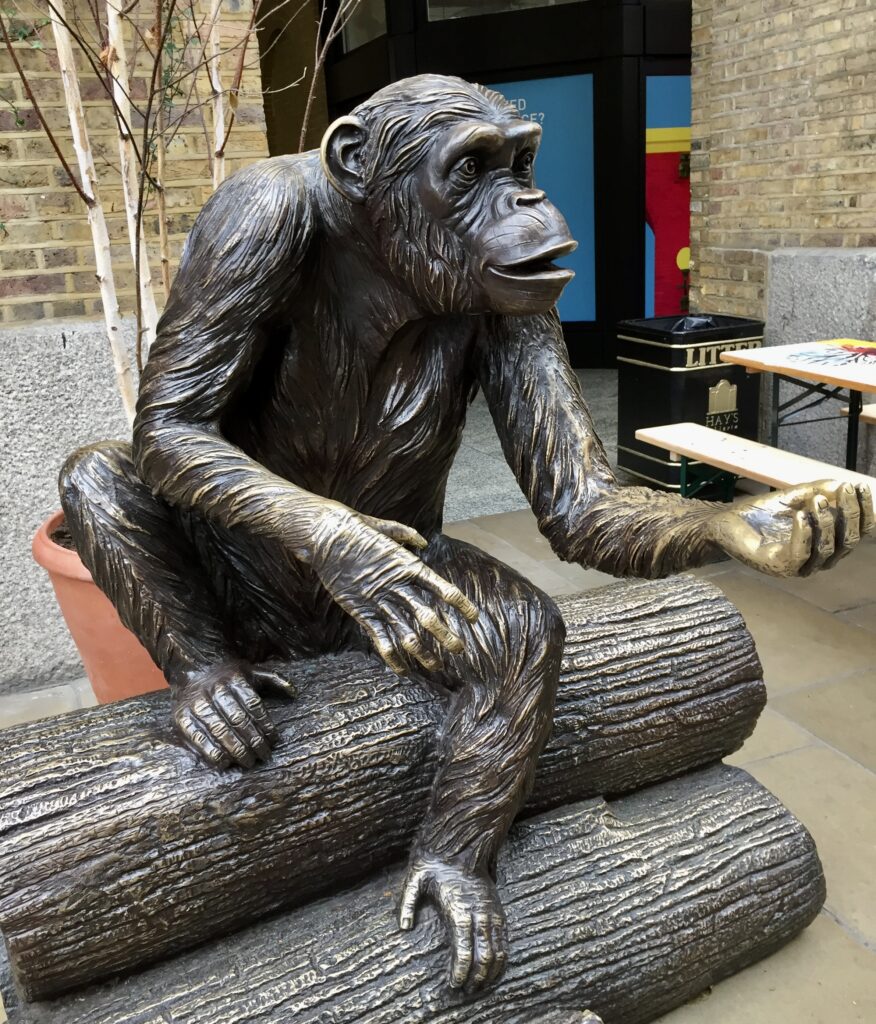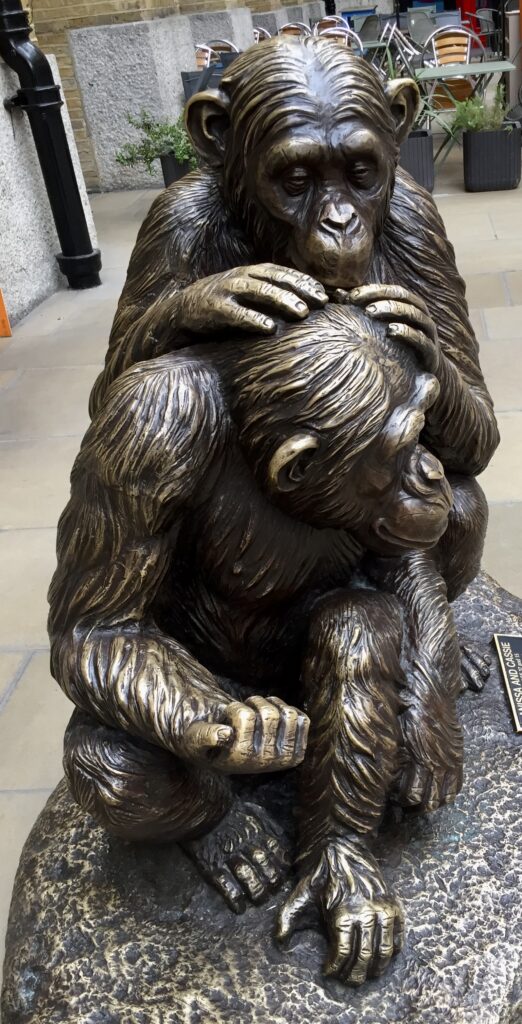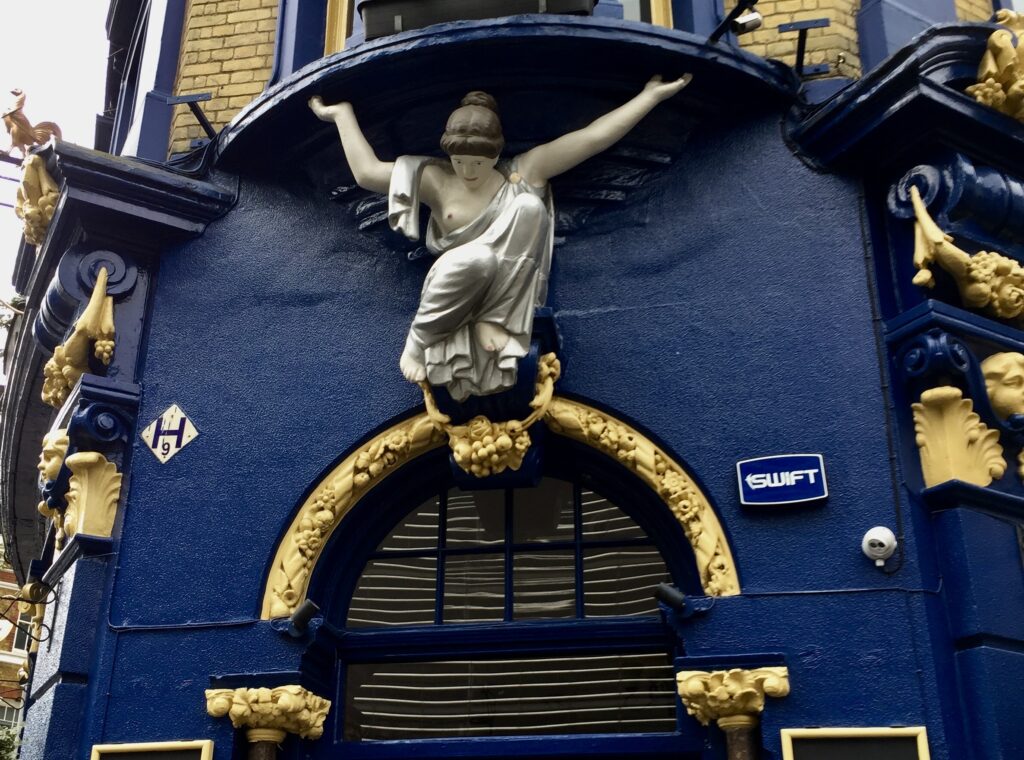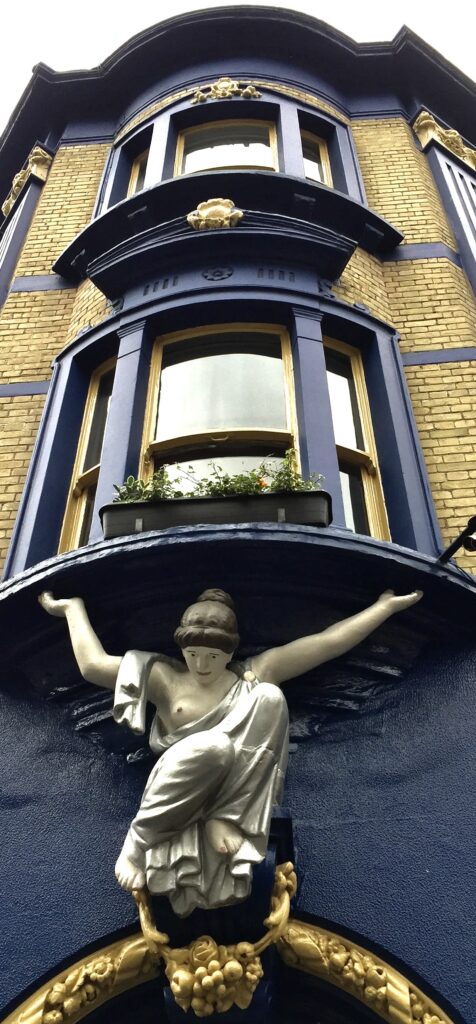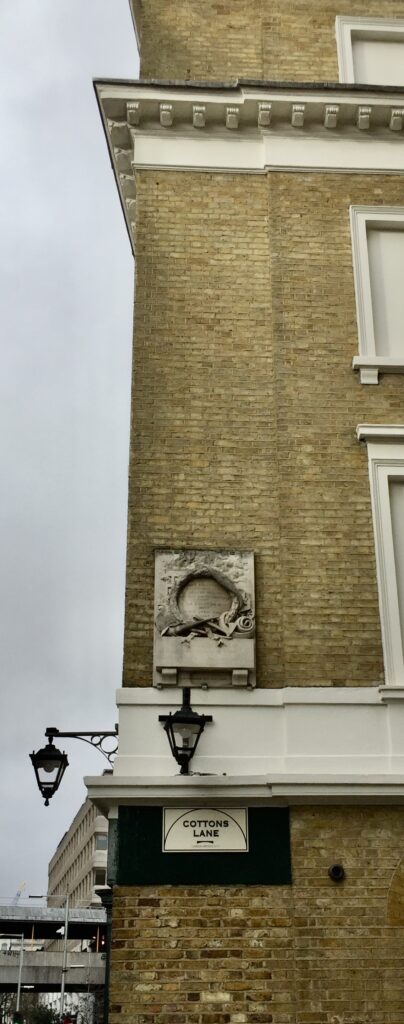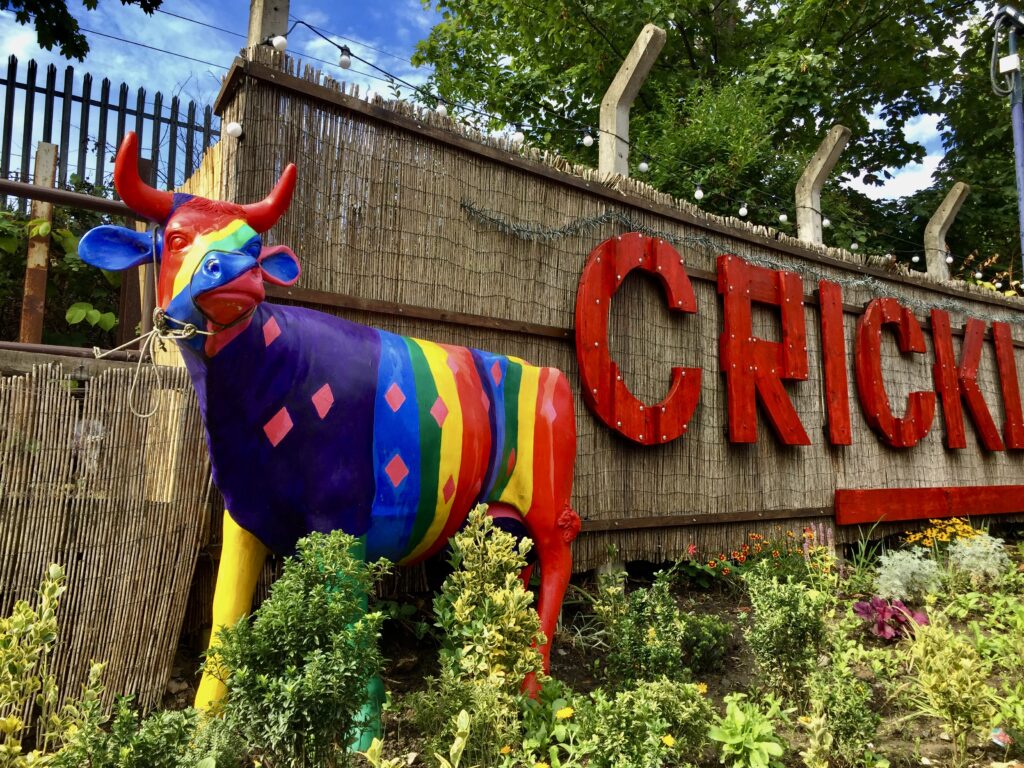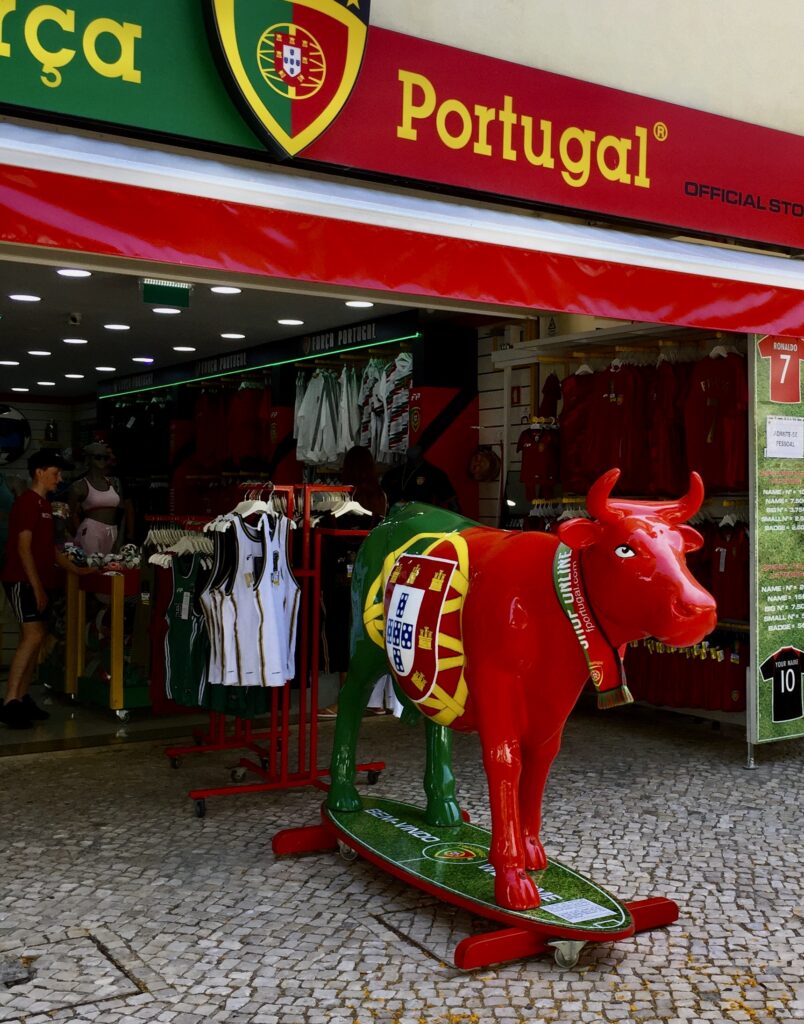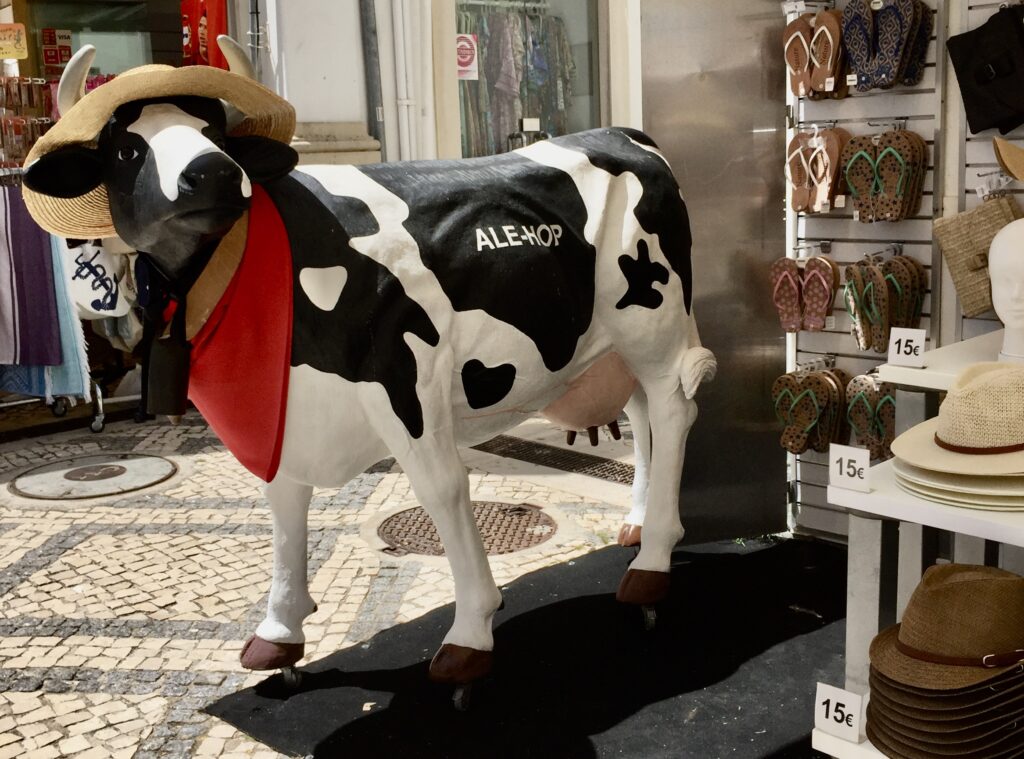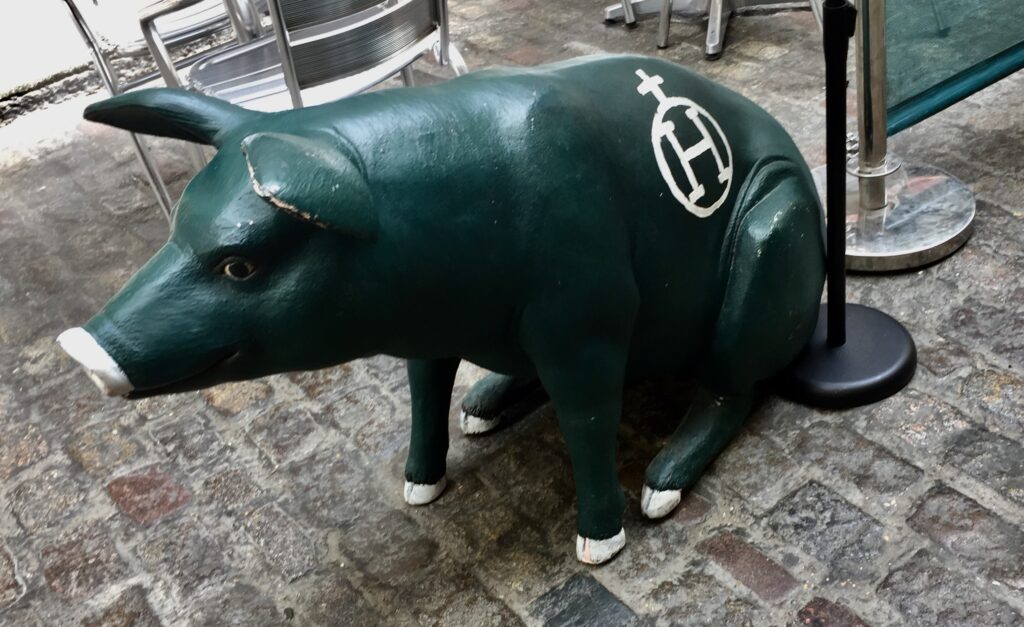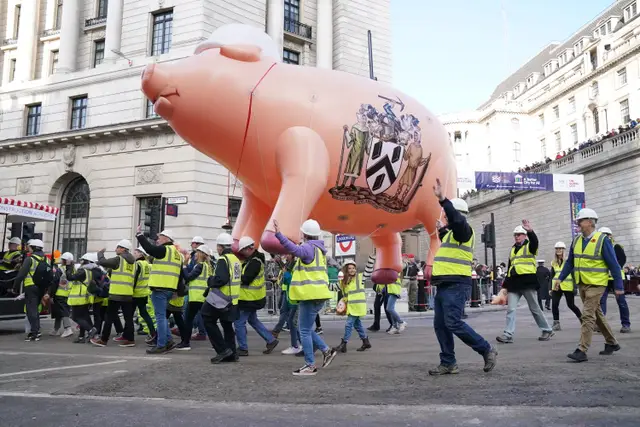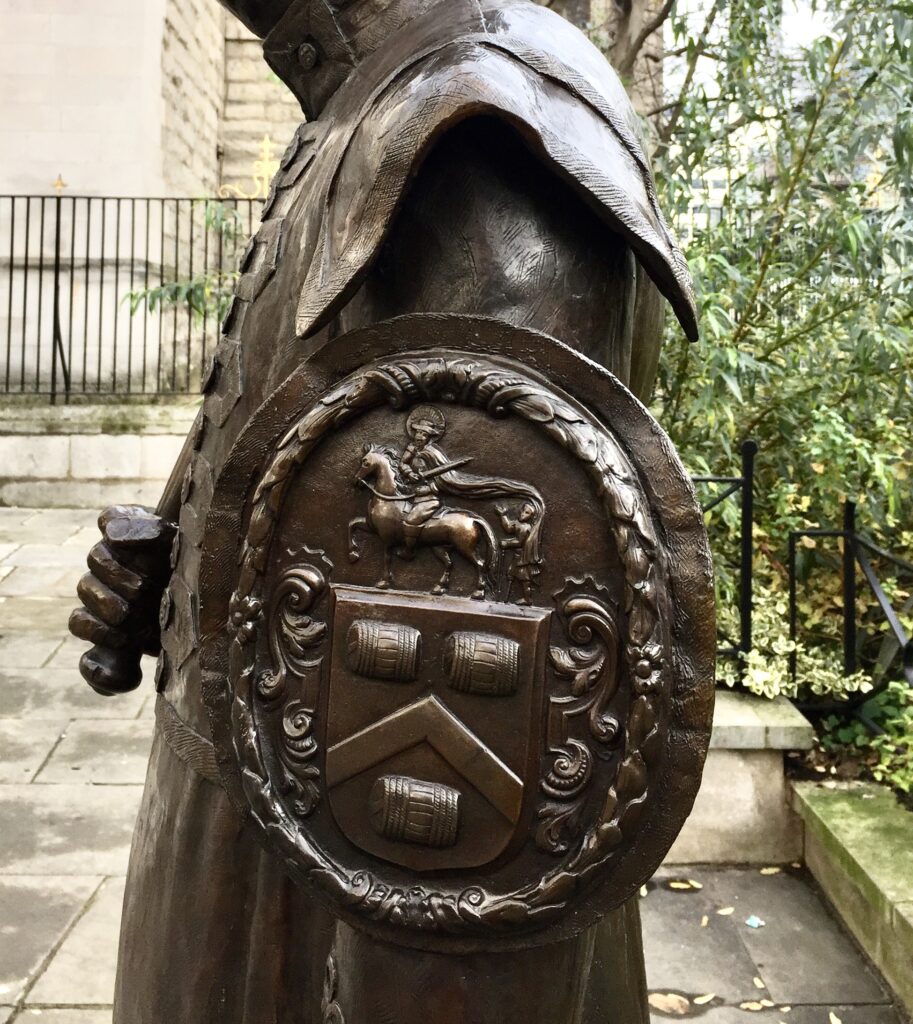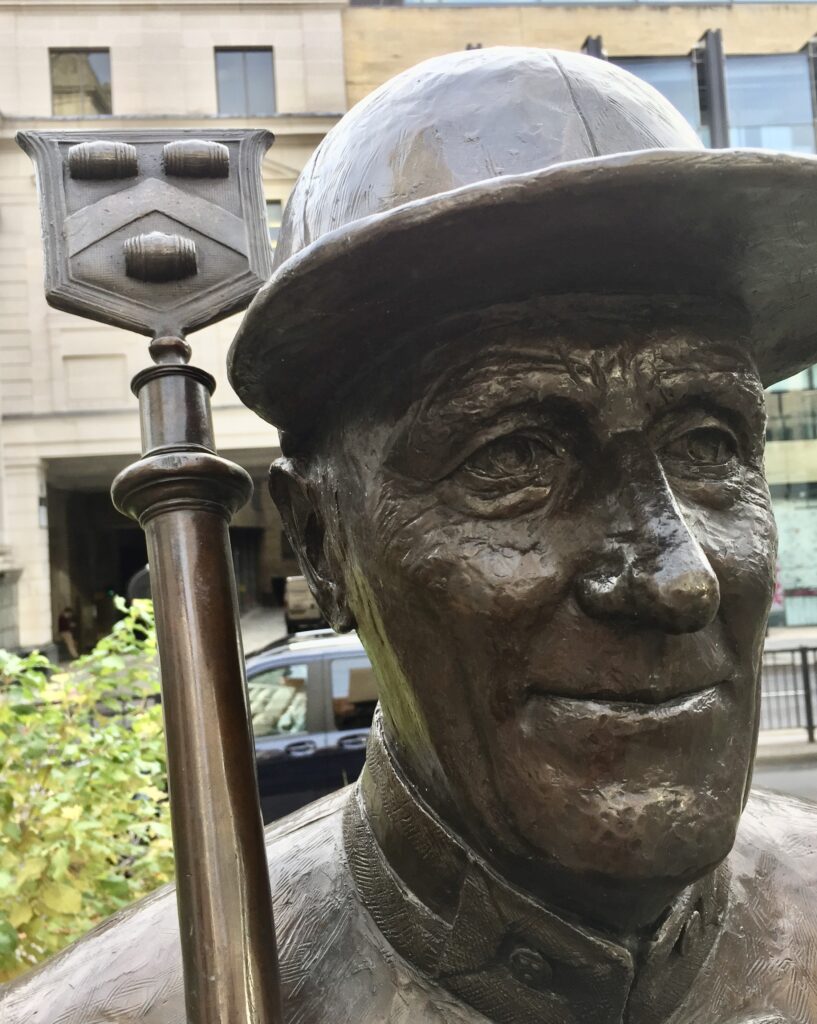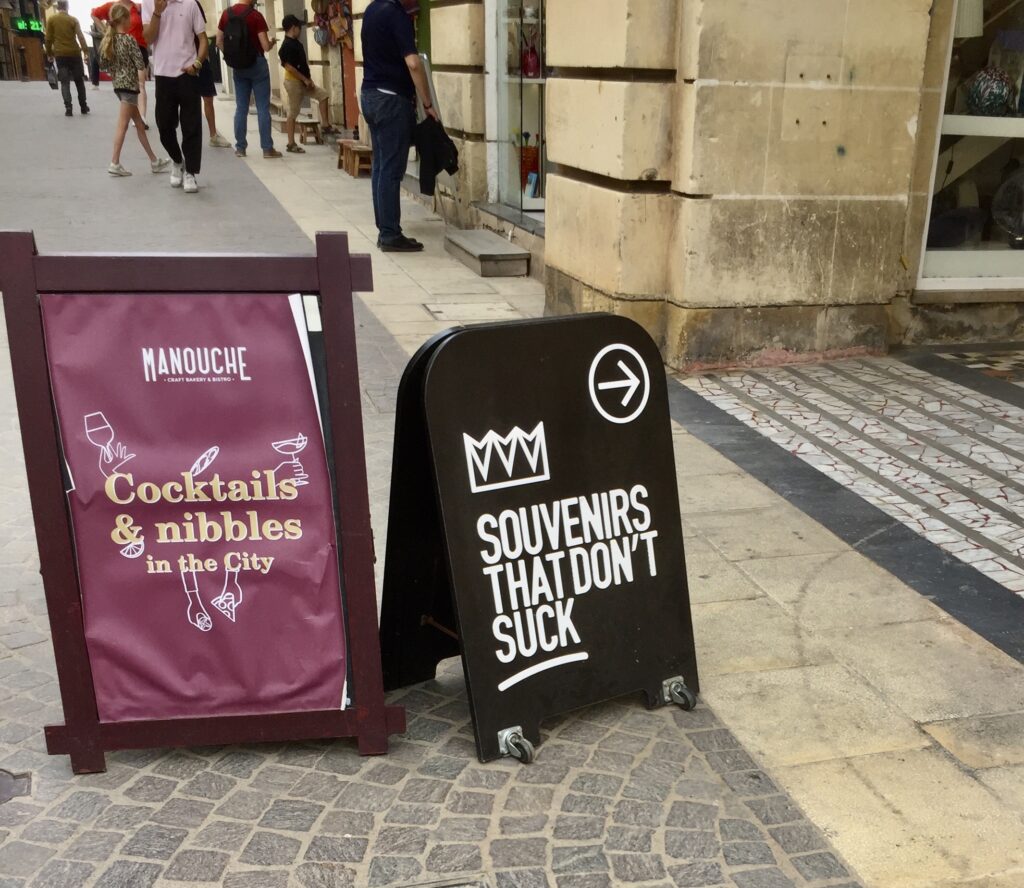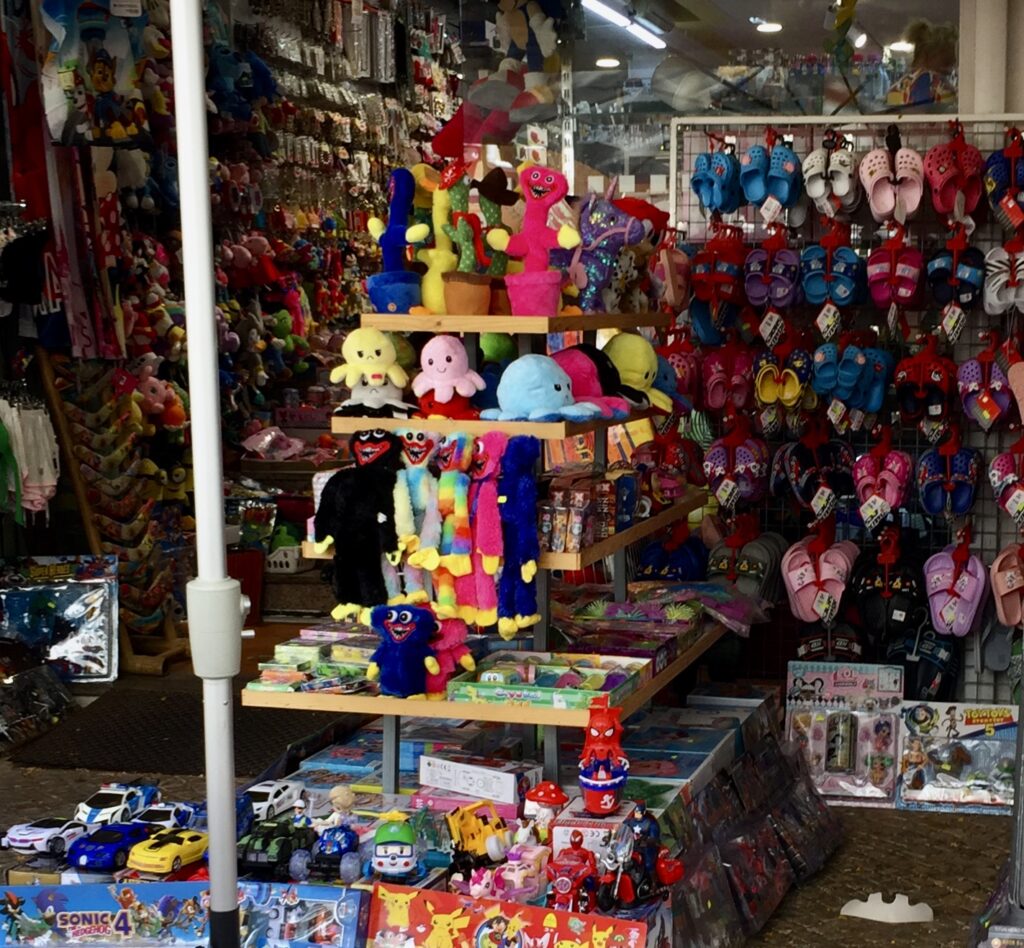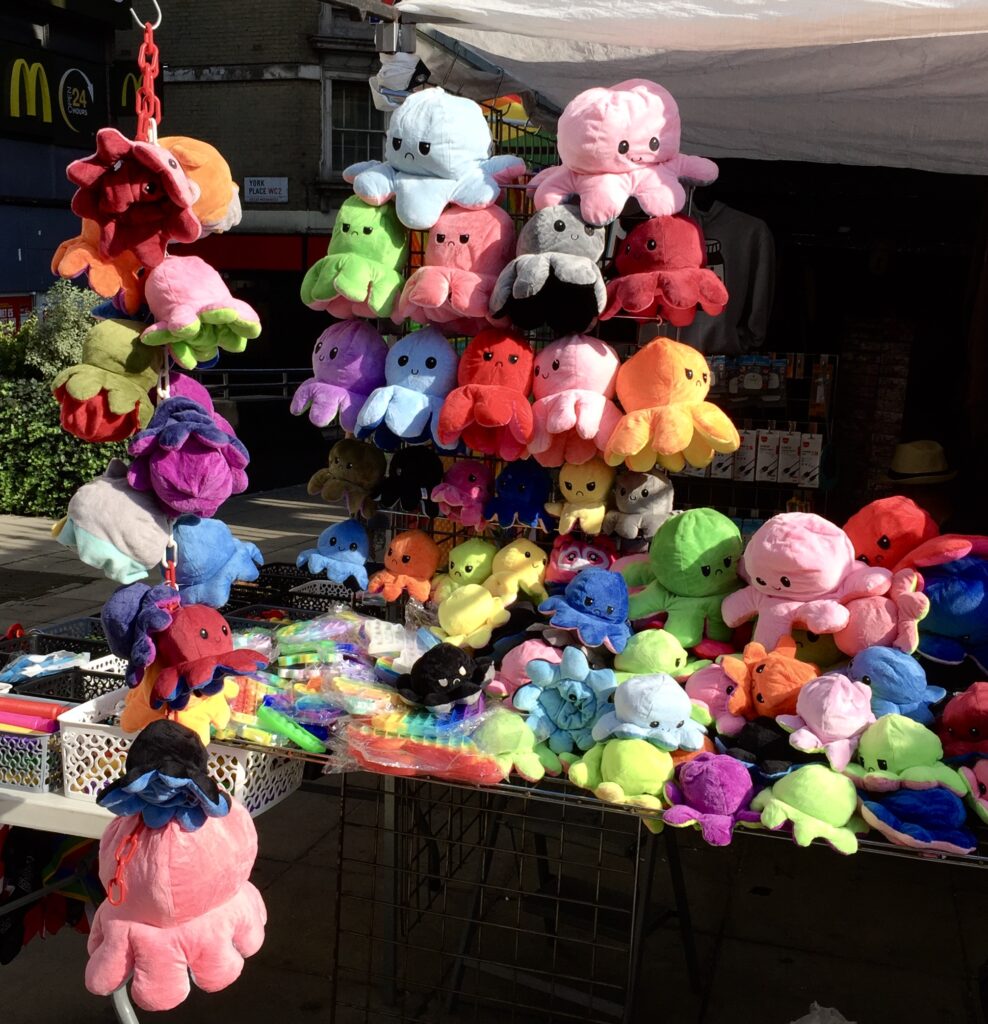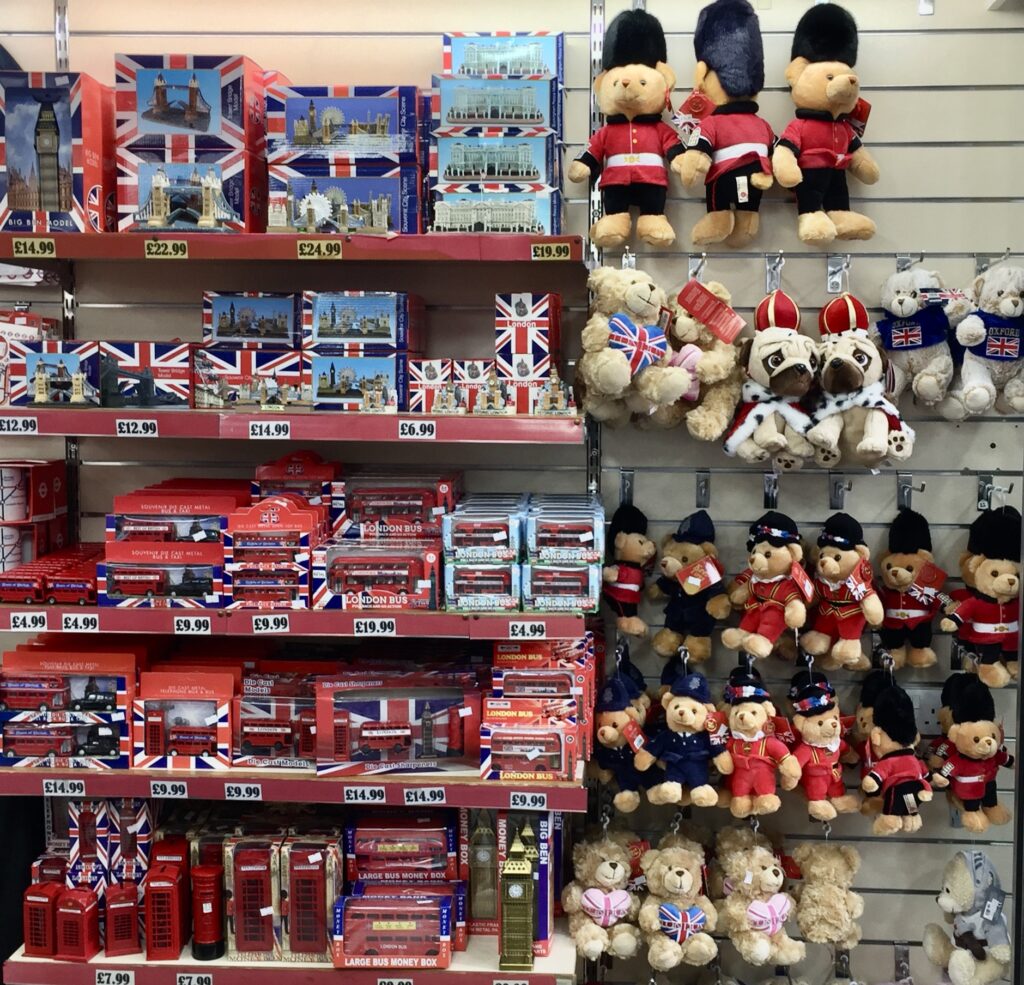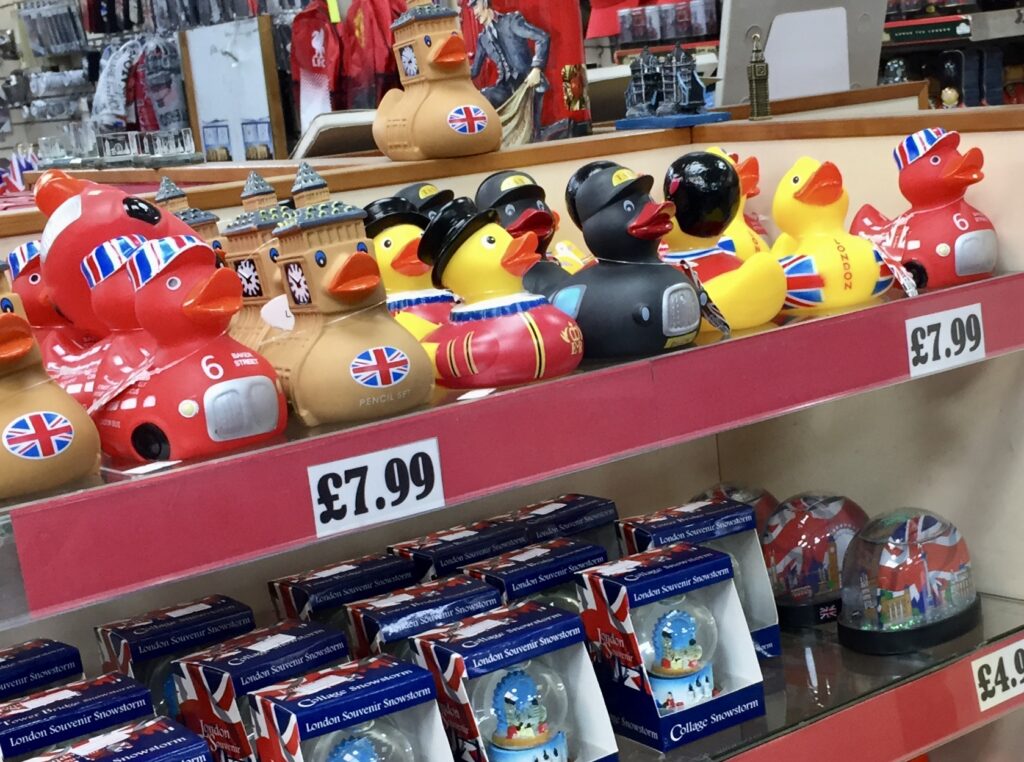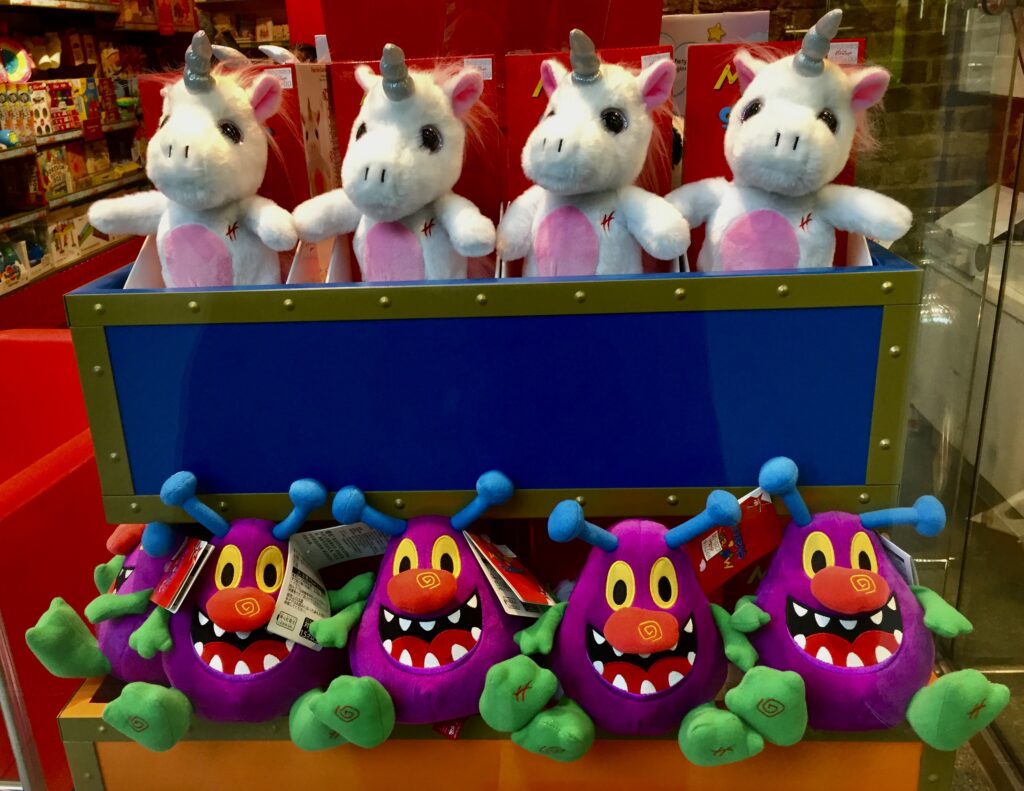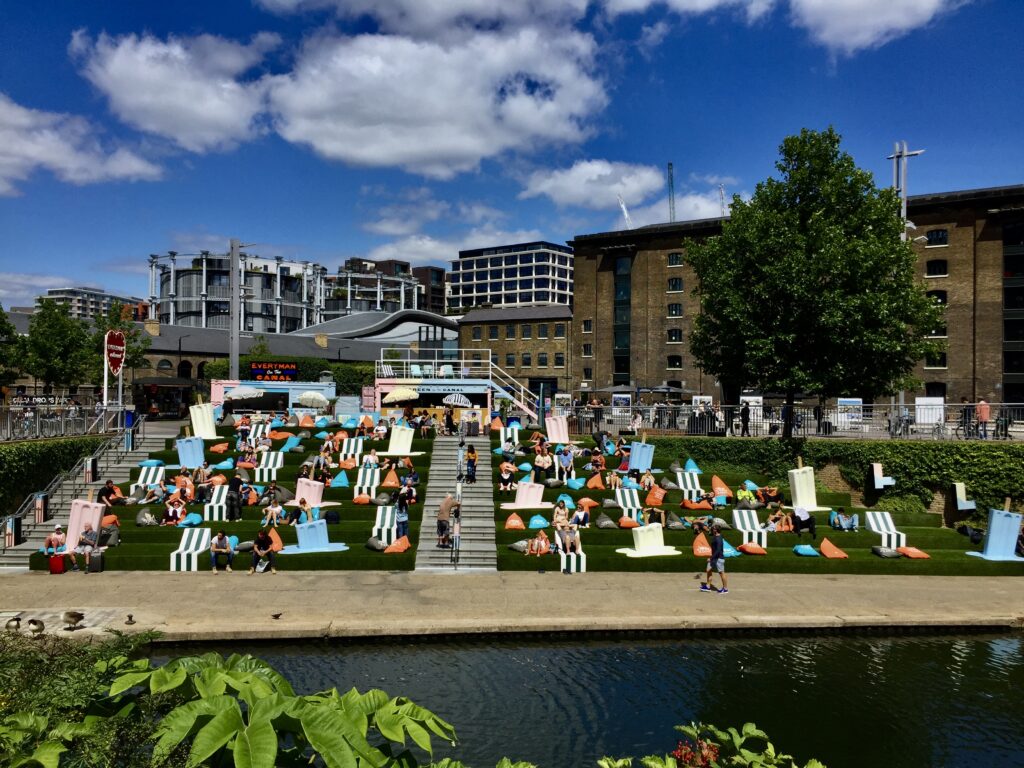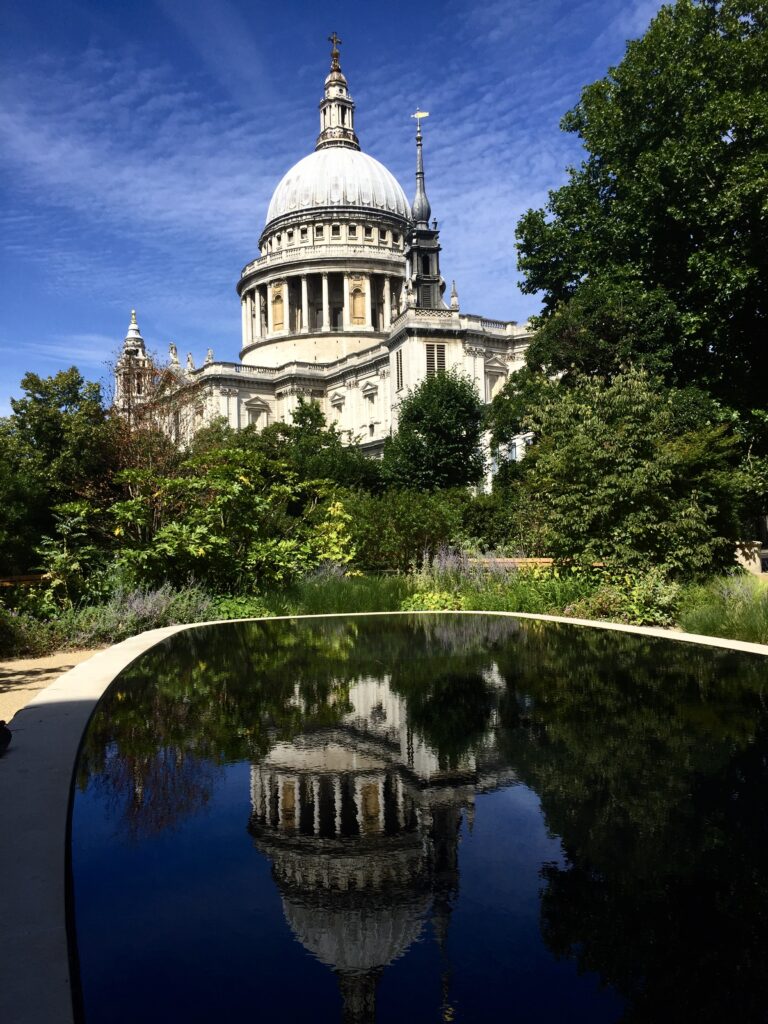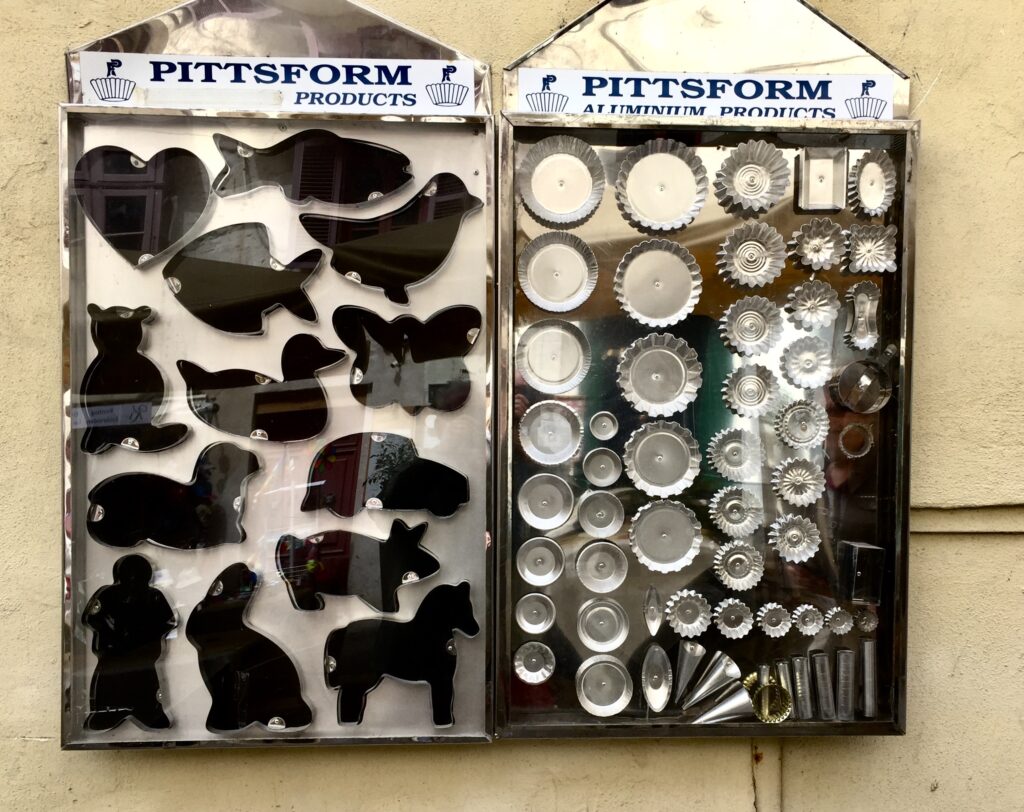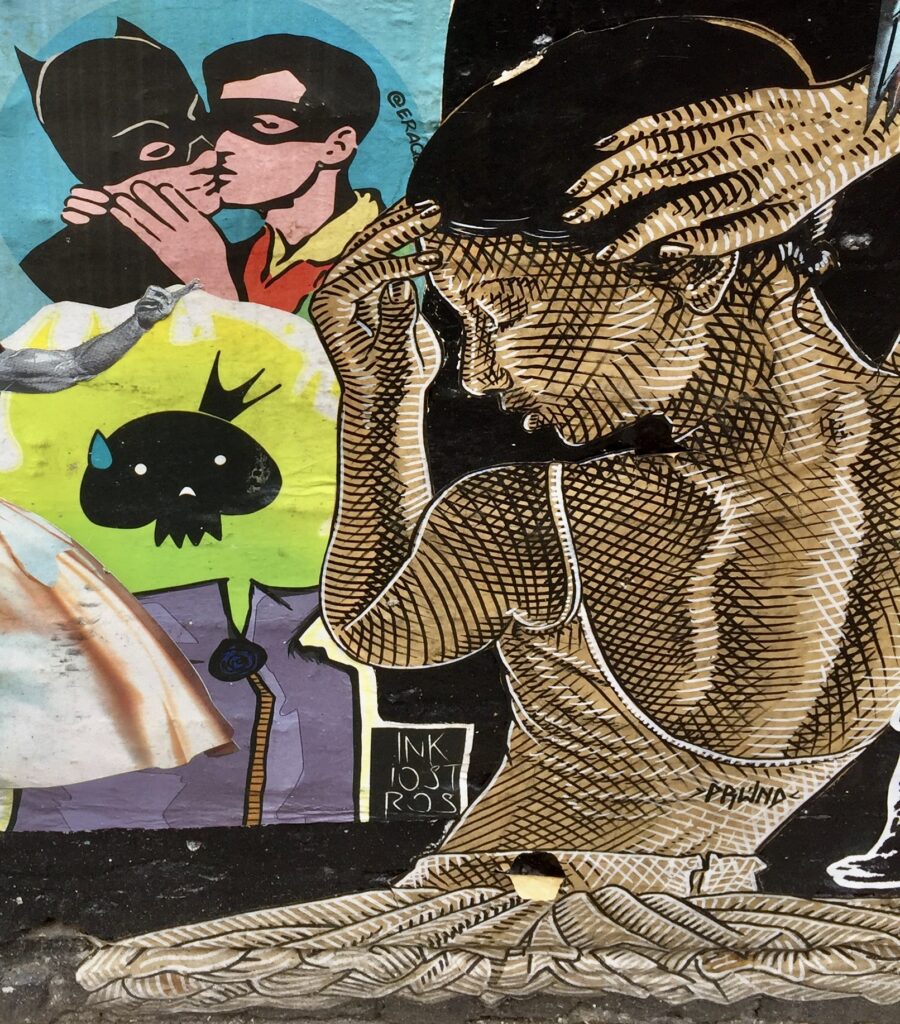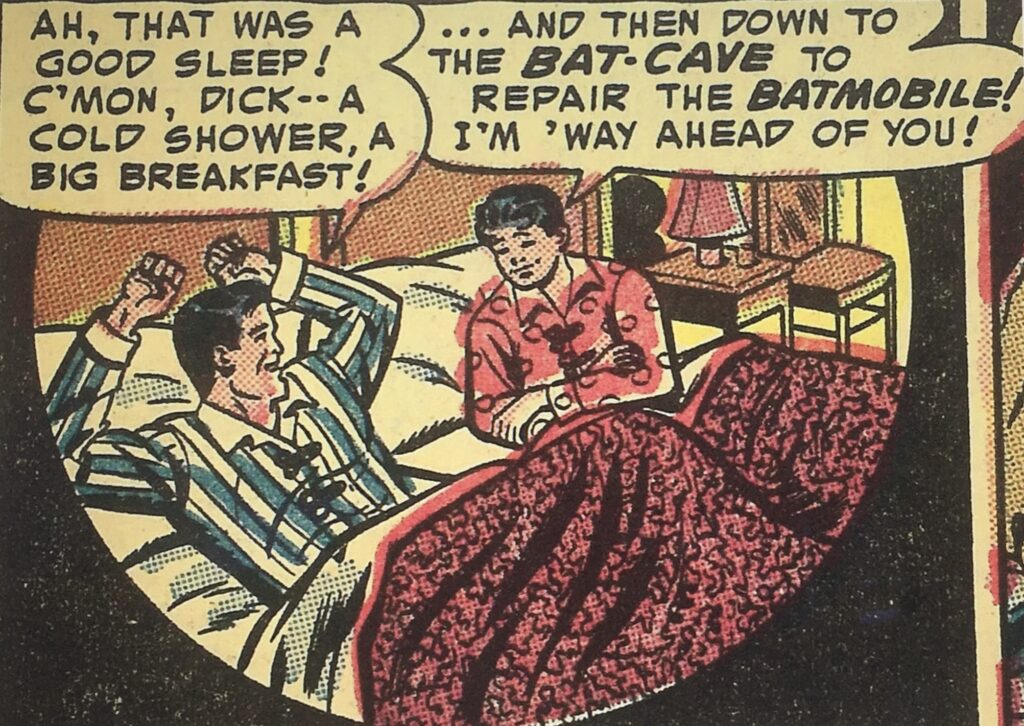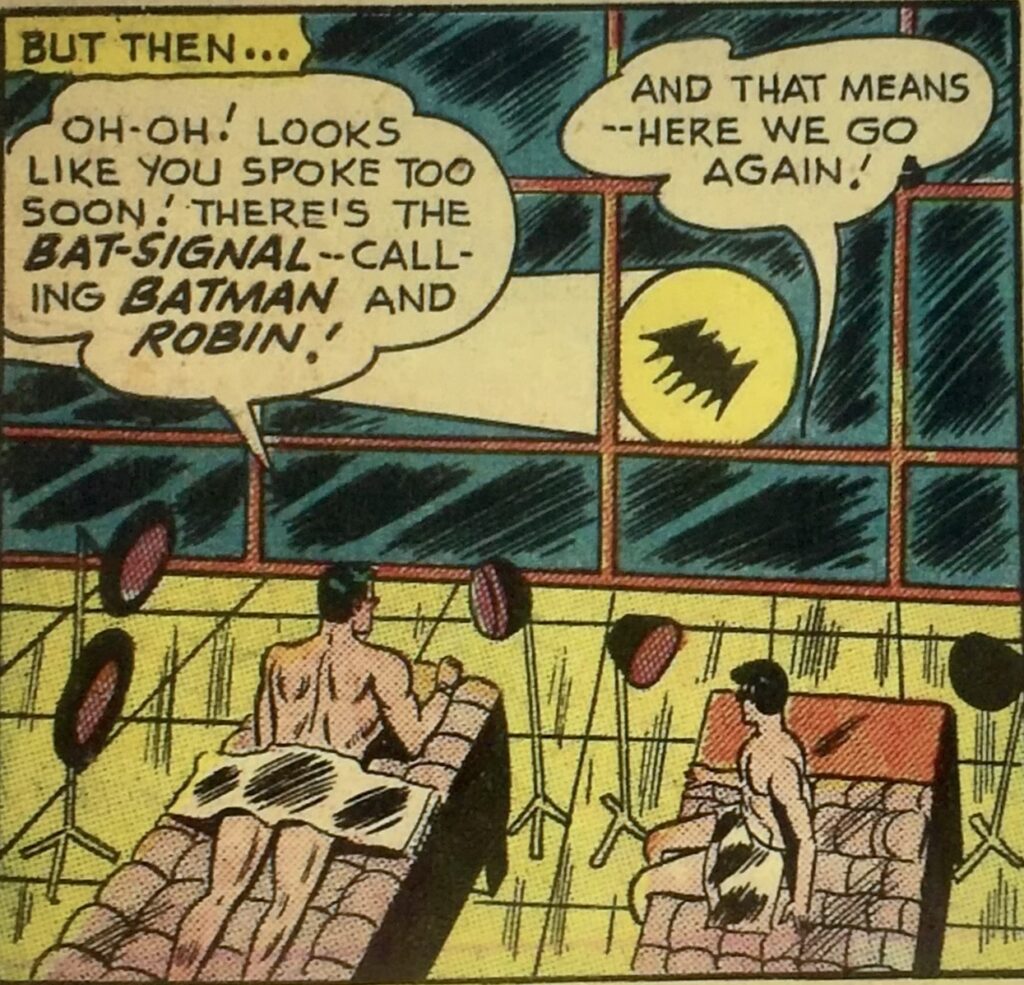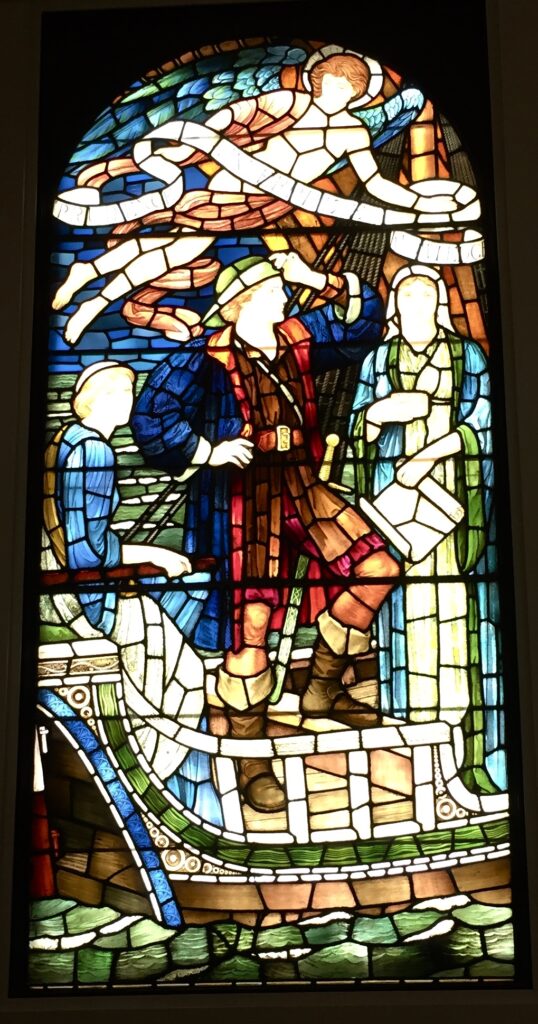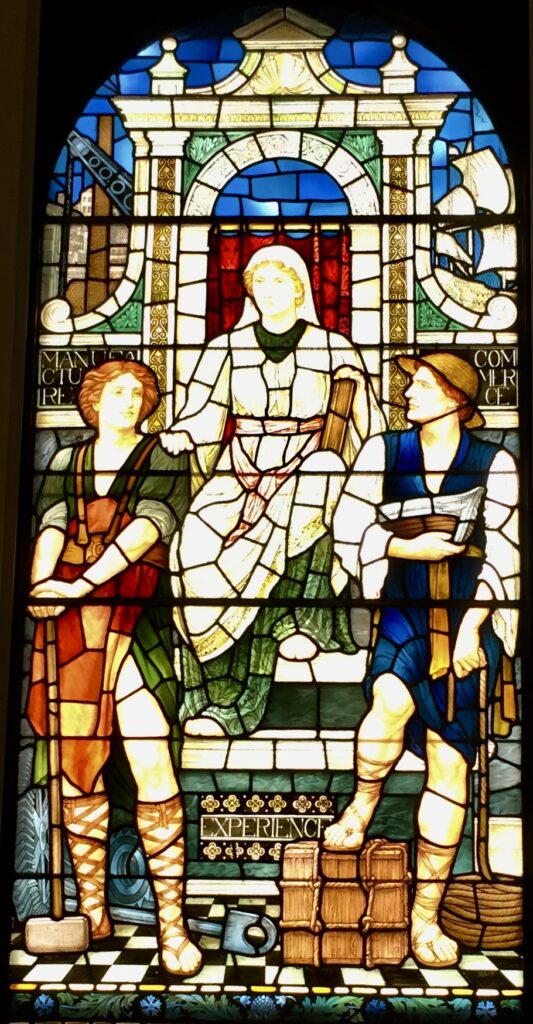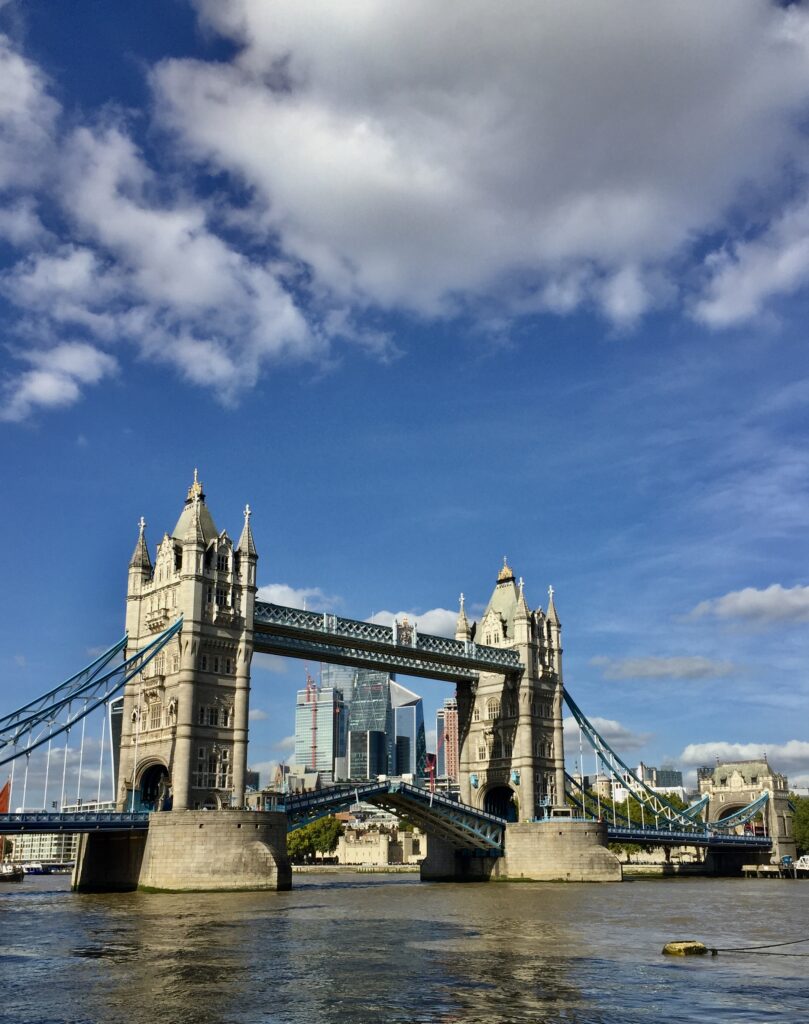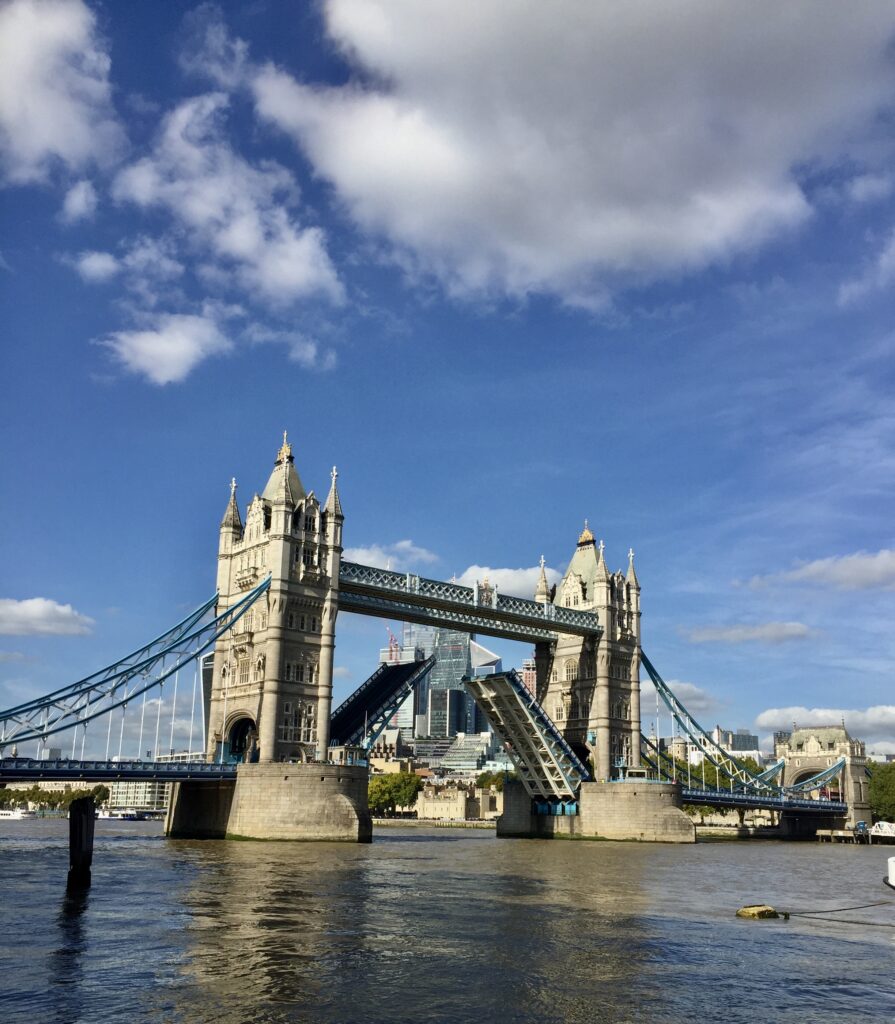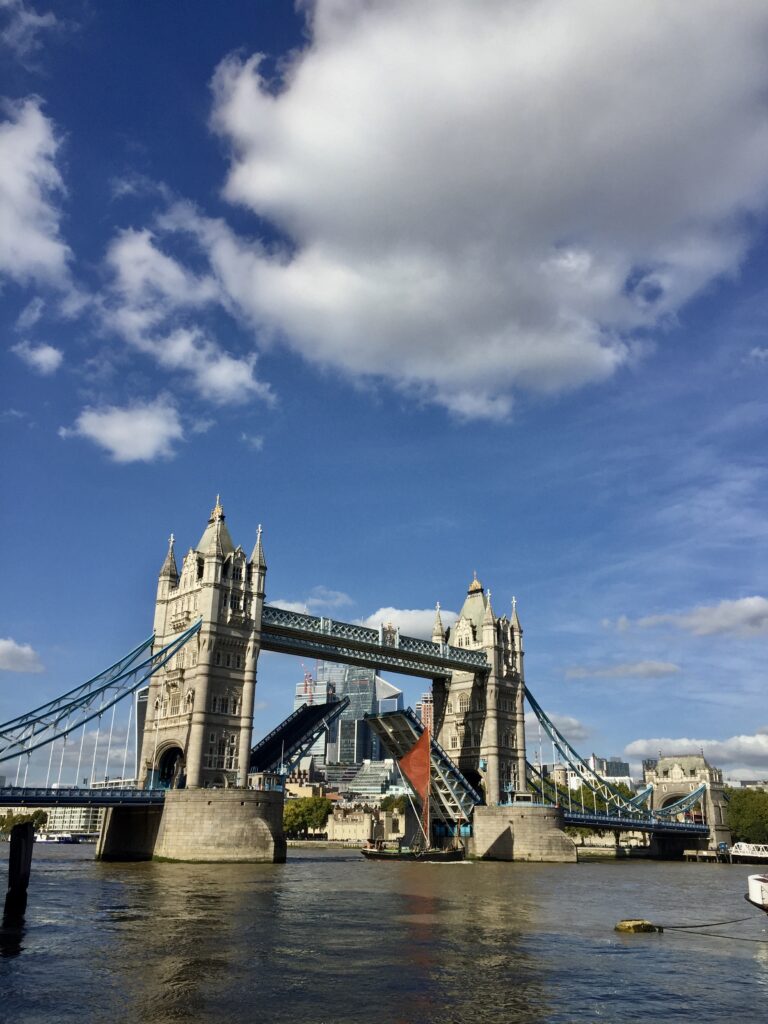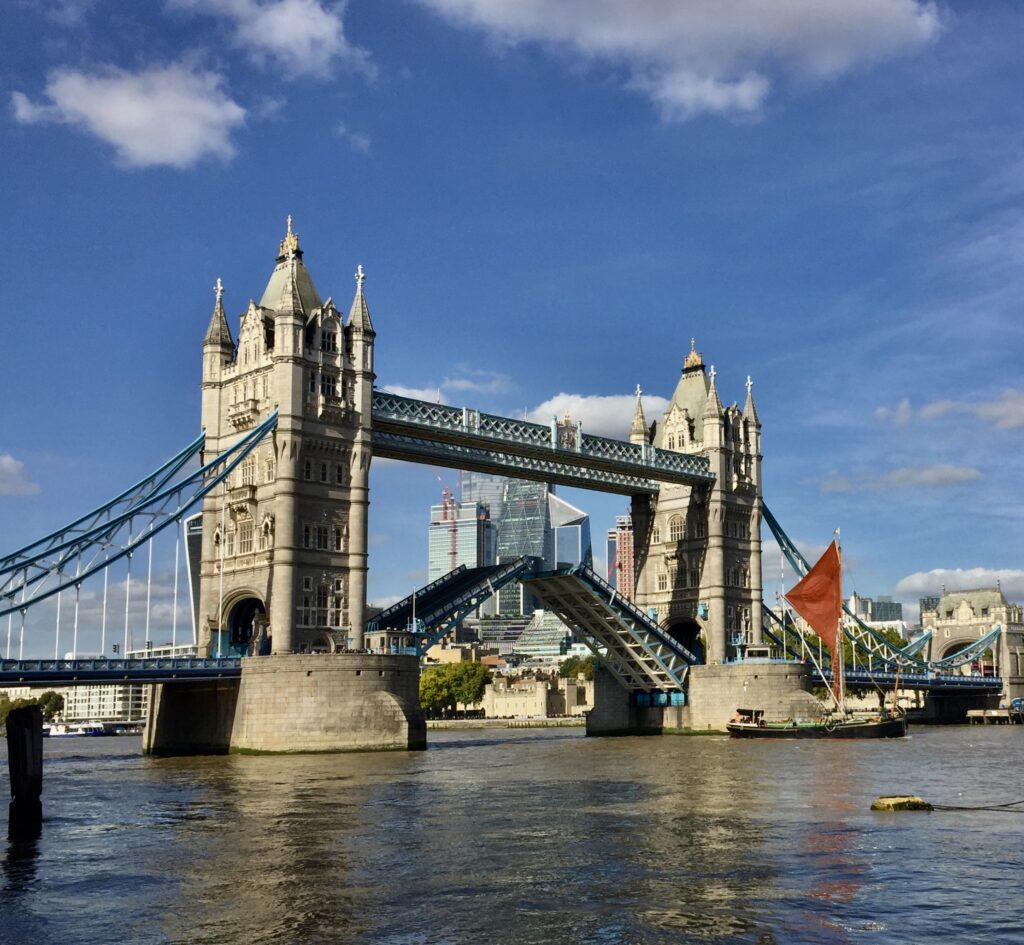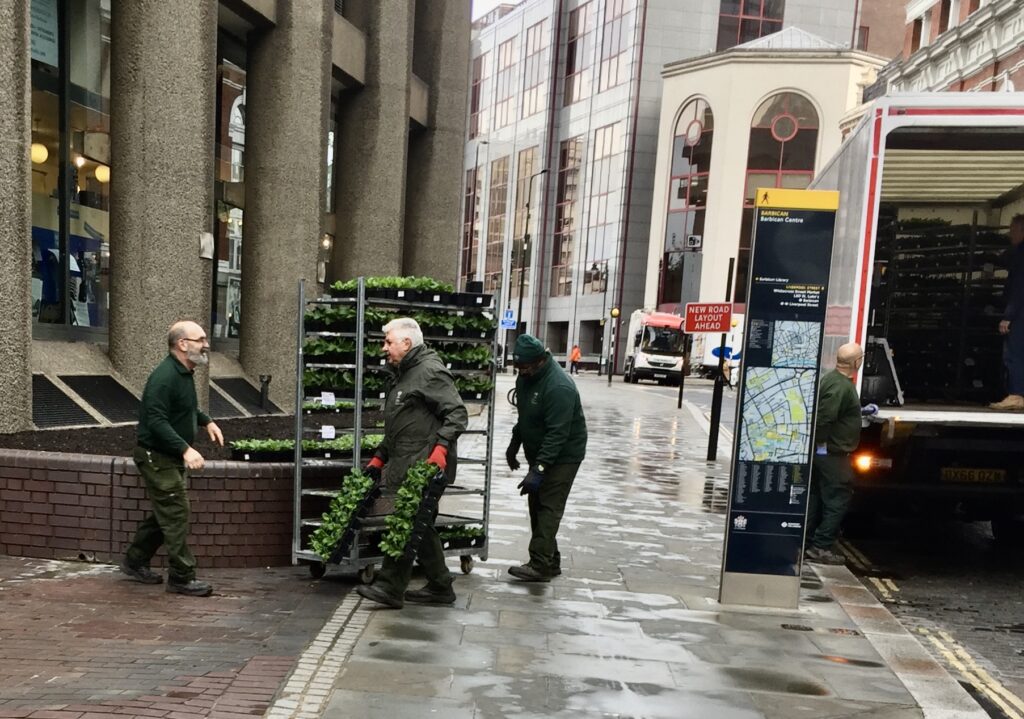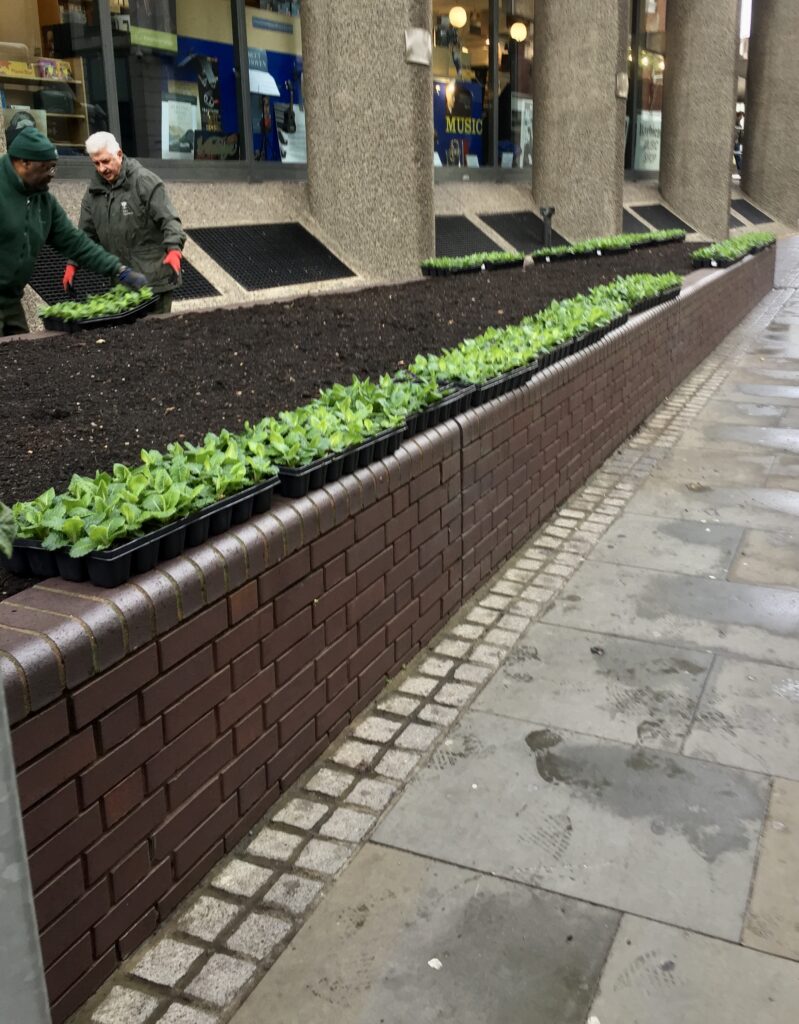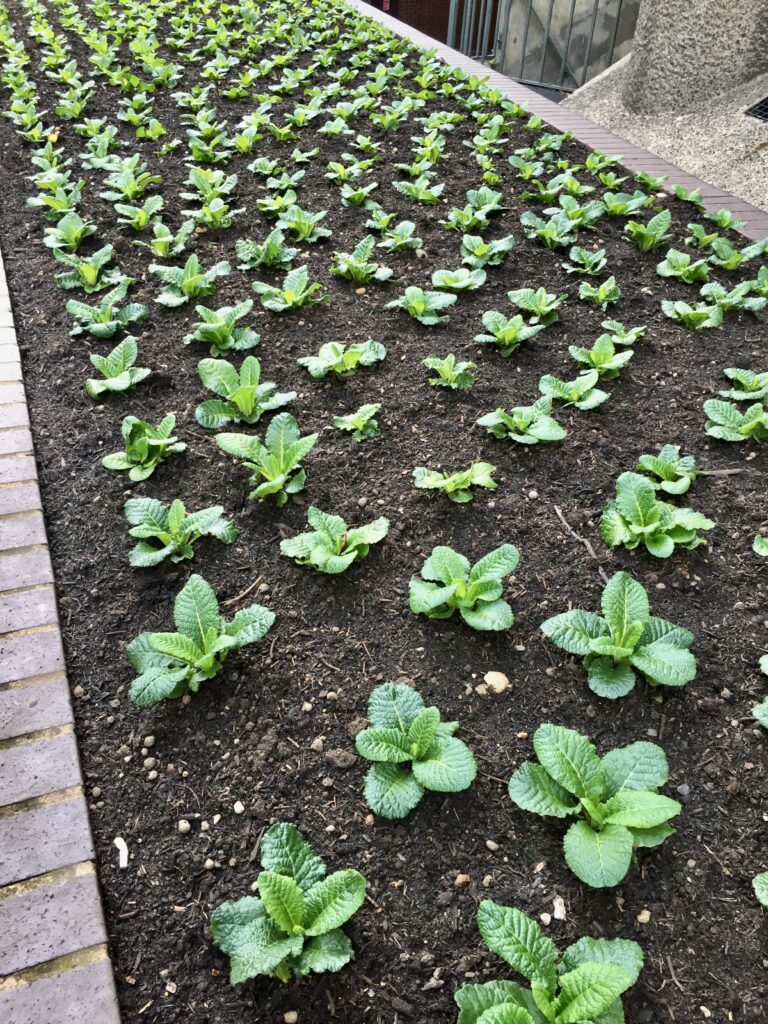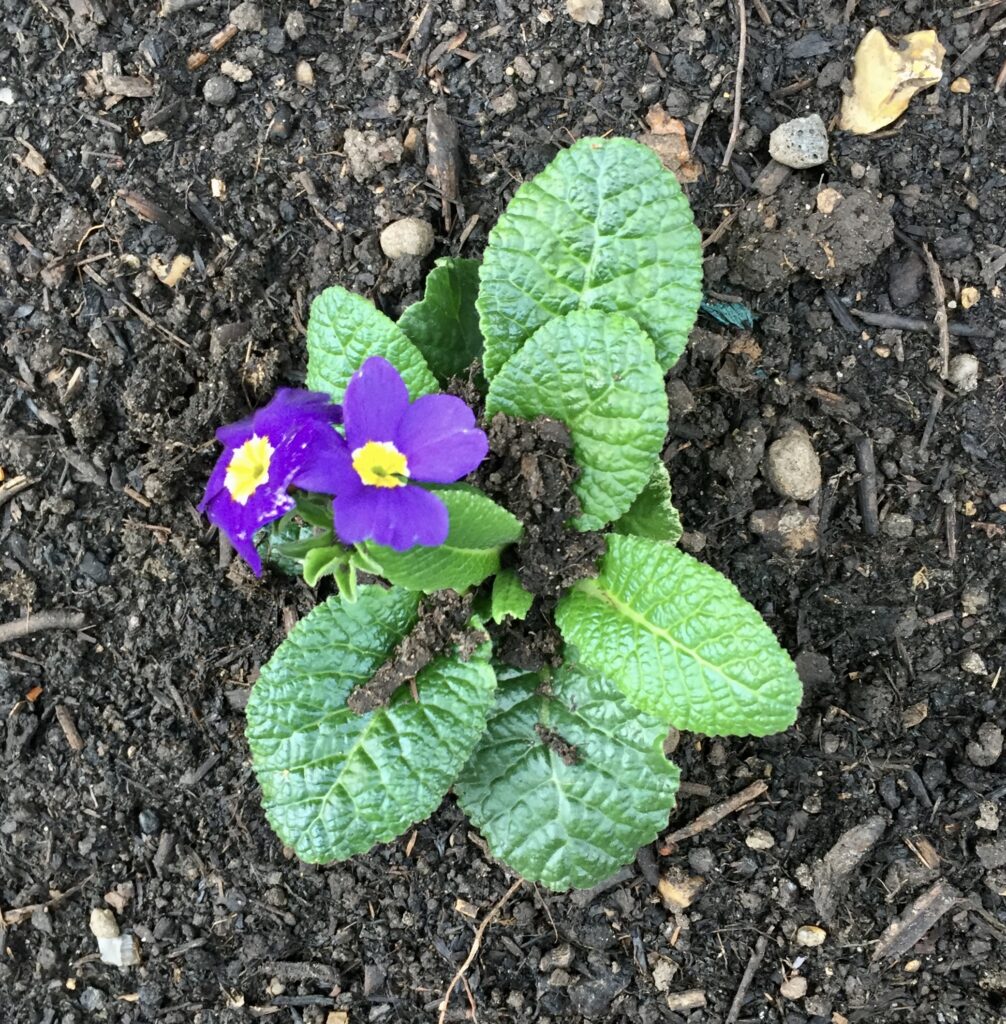A few weeks ago I had the pleasure of getting off the train at what must be one of the most strangely named stations in London …
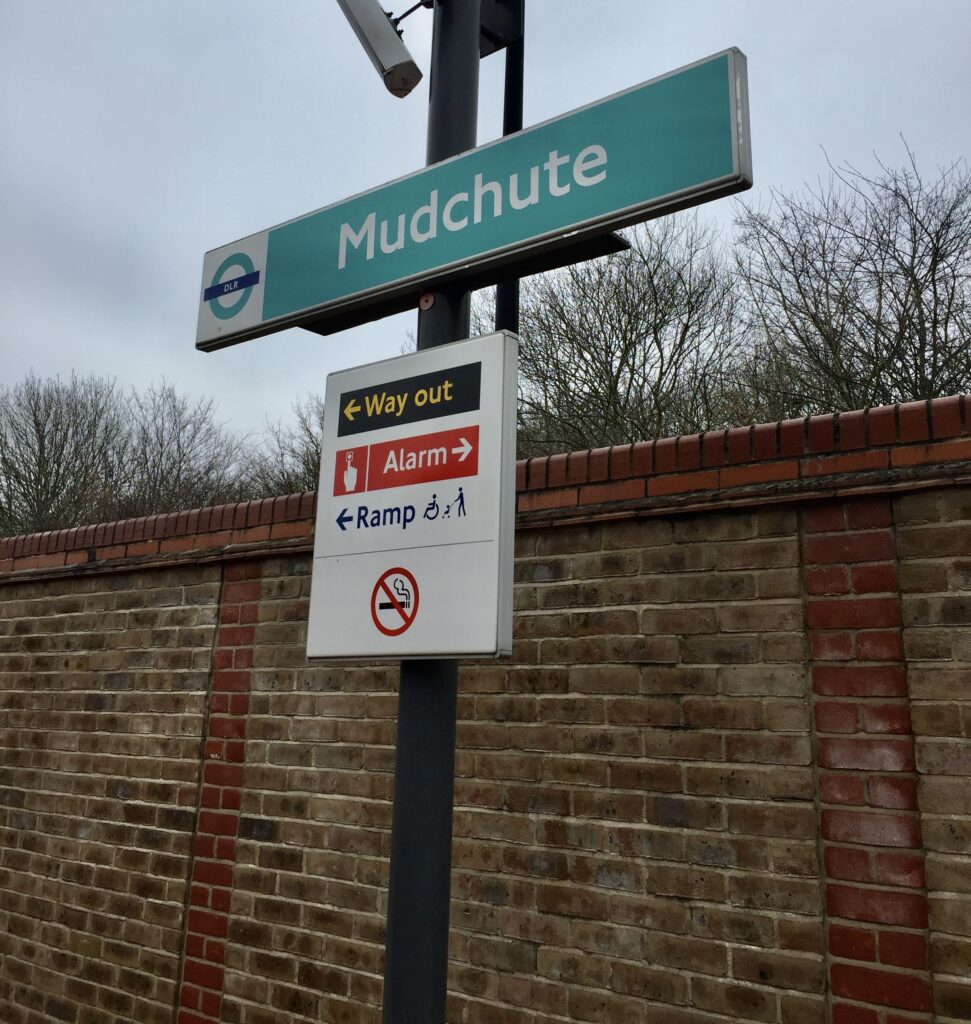
Apparently the name derives from it being the former dumping ground for mud dredged from the Millwall Docks, which had to be regularly dredged to prevent silting up.
Very close by was the place where my safari started …

I suppose calling my visit a safari is a slight exaggeration but hopefully it sparked your interest to look at the blog.
Having browsed the Internet, this was the image I was hoping to replicate …
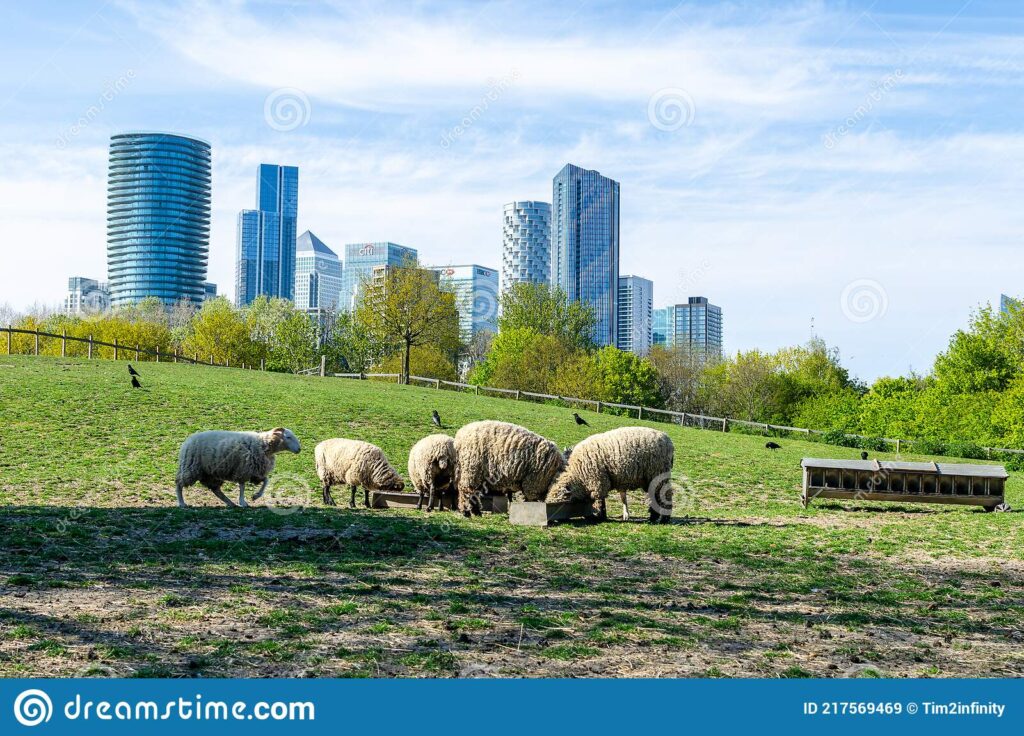
Sheep grazing with Canary Wharf in the background – what a great shot.
Unfortunately, on the day I visited the weather was awful and the sheep unobliging …
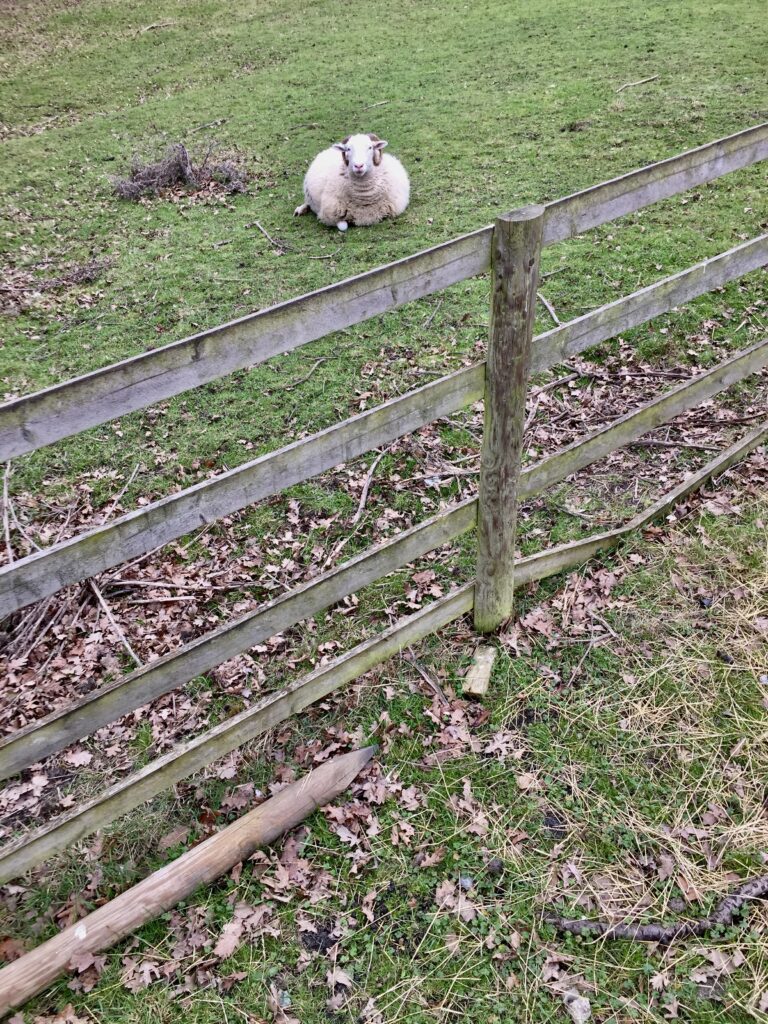
The donkeys looked pretty fed up too …
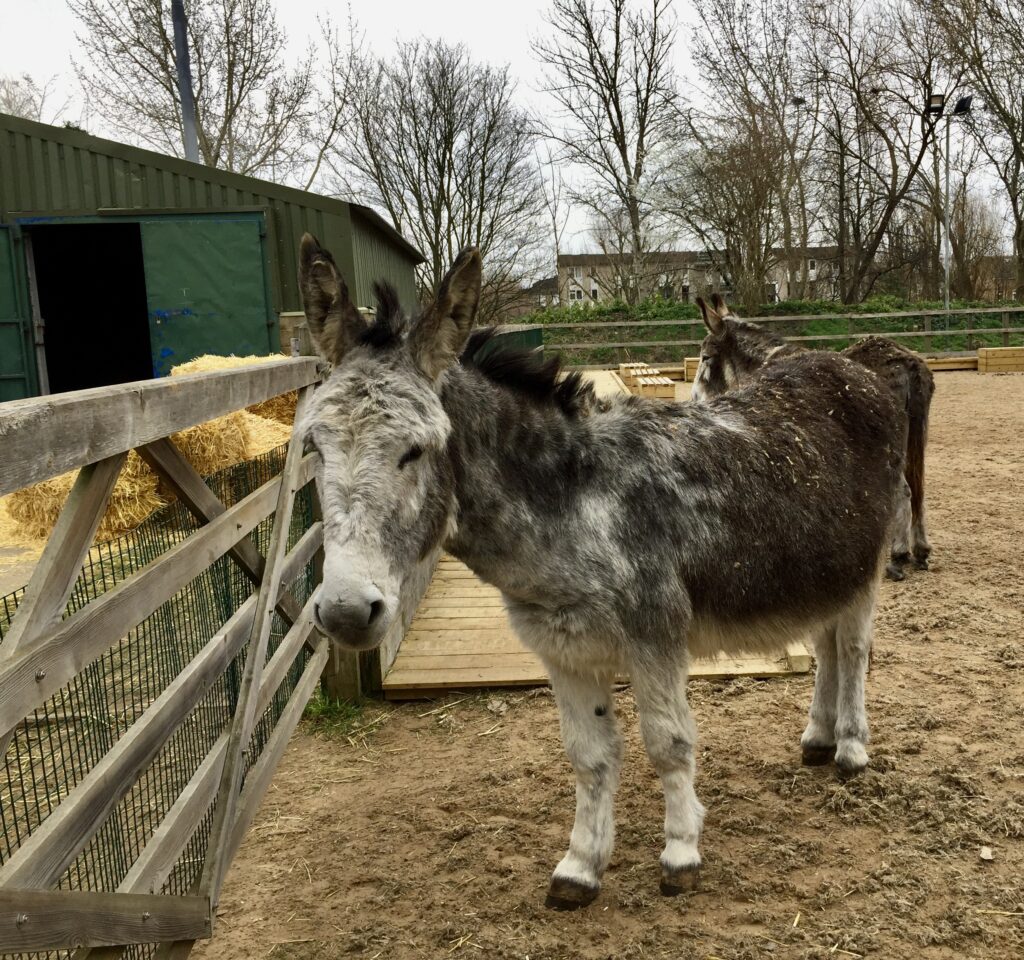
Even the llamas didn’t want to know …
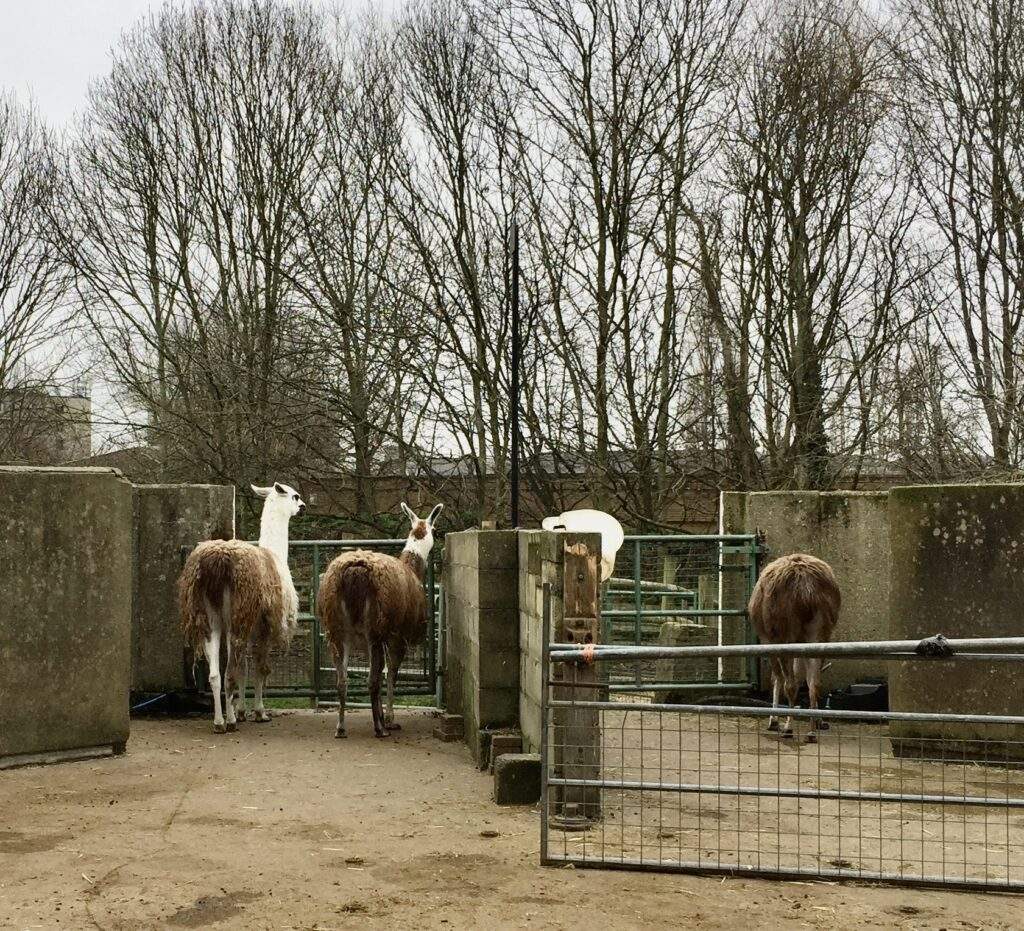
The goats, on the other hand, were delighted to see me …
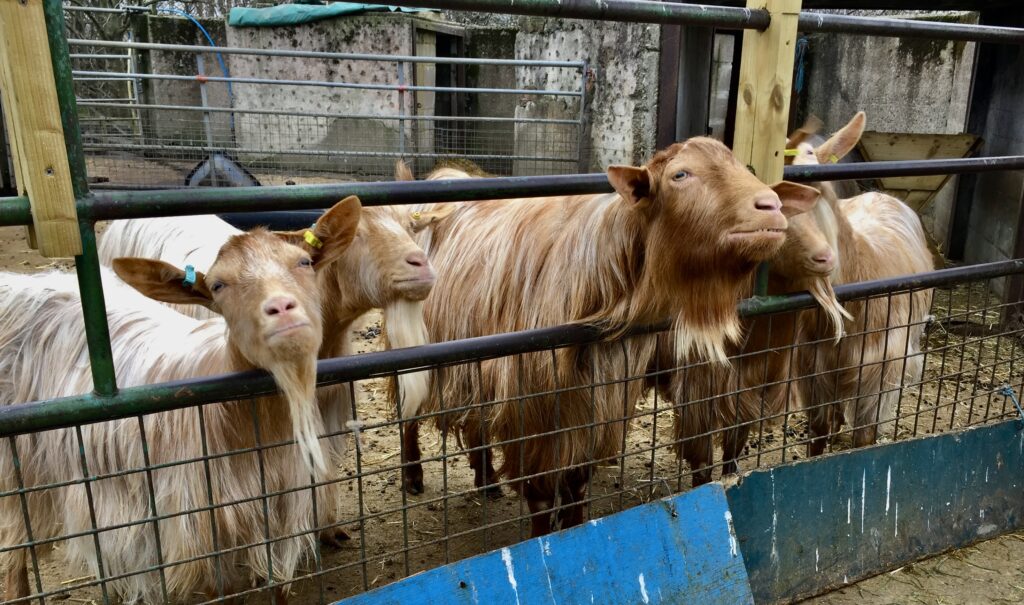
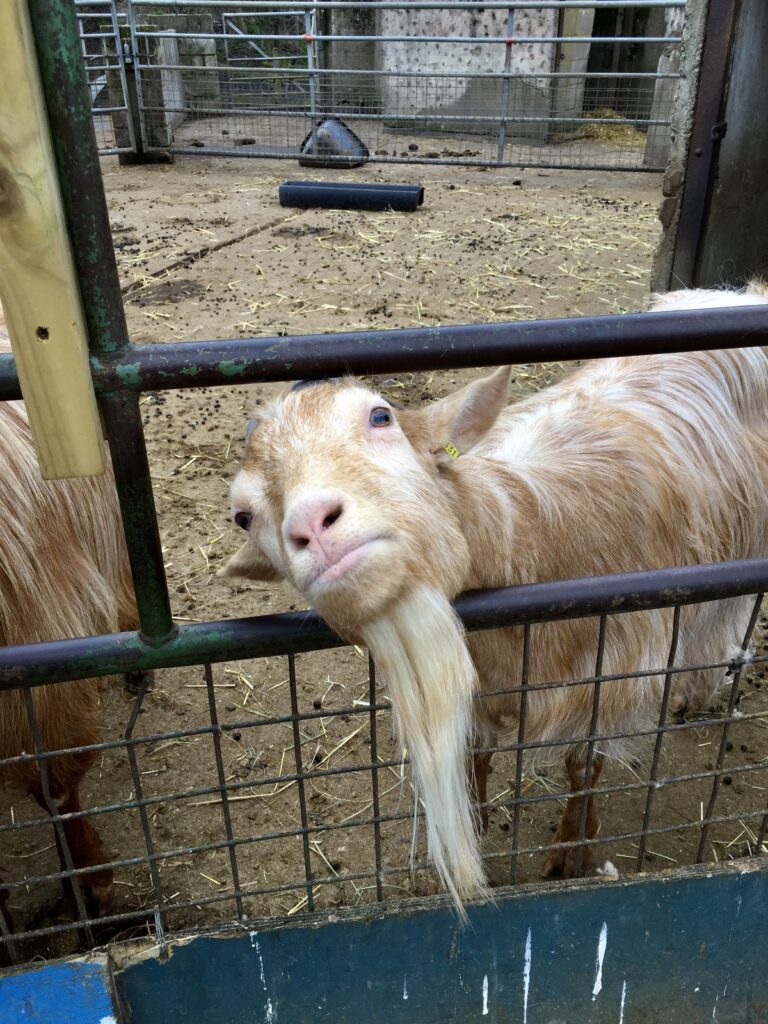
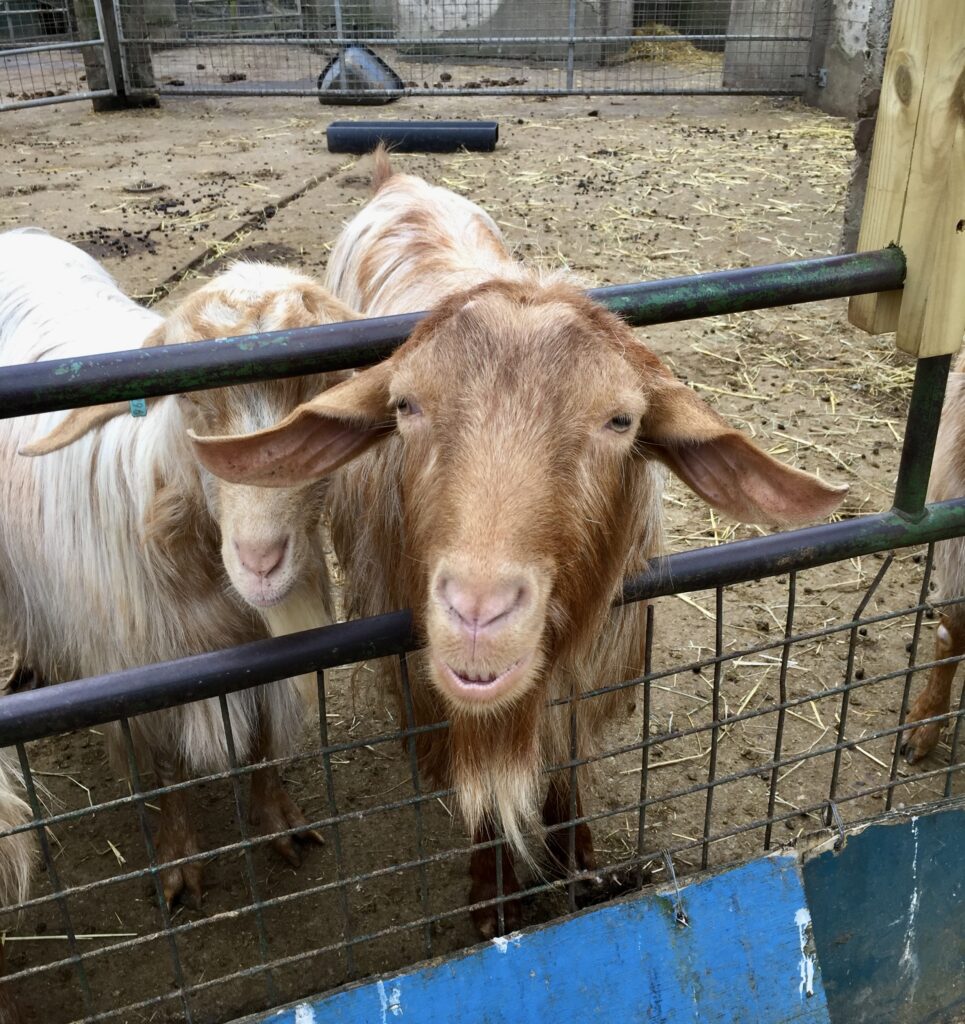
I have a suspicion that not everyone obeys the ‘Do not feed the animals’ rule.
And I must say, this Ack-ack gun was an unexpected discovery …
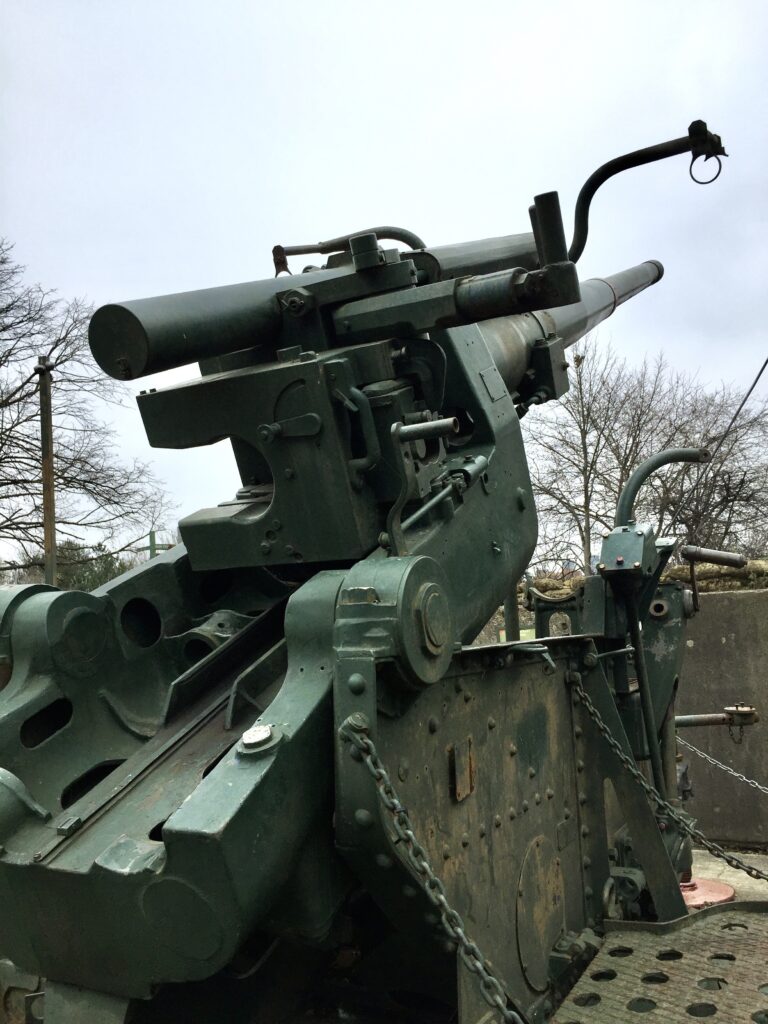
These guns were a crucial part of London’s defence system during the War. Scroll down to the end of the blog to see a map of the damage bombs did around St Paul’s Cathedral.
Walking nearby along the river there are some great views and, of course, an interesting bollard or two …
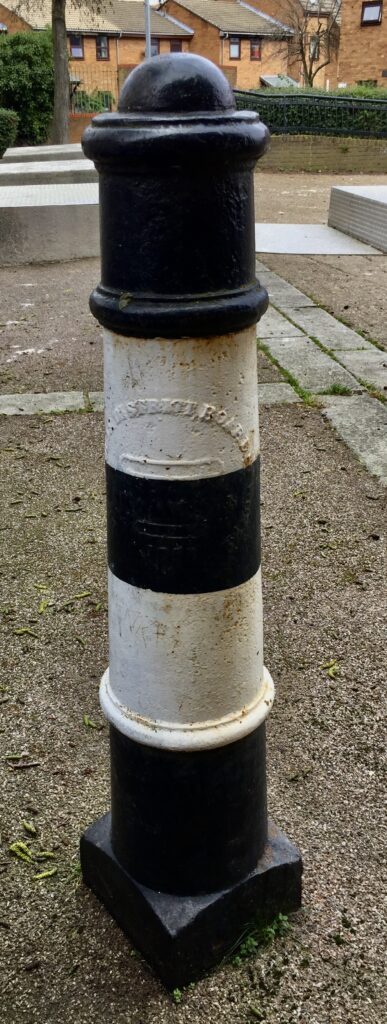
So I’ll try to return when the weather is nicer.
Here are some more random images that I have recorded on my walks.
Outside St Giles the Magnolia trees are blossoming …
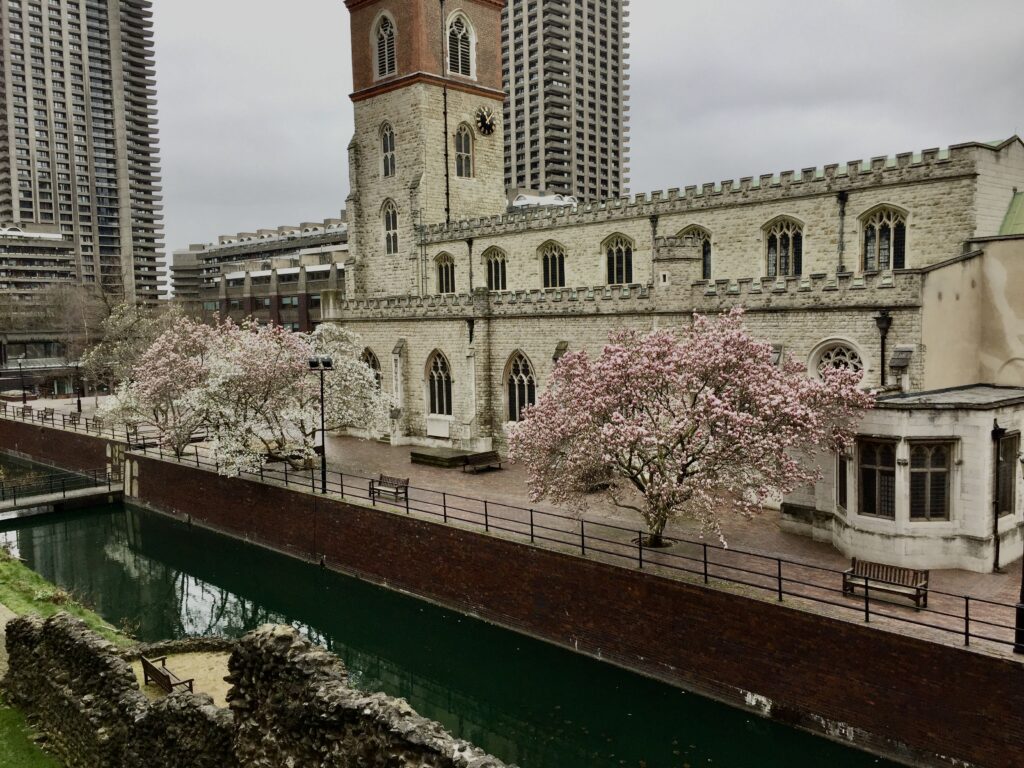
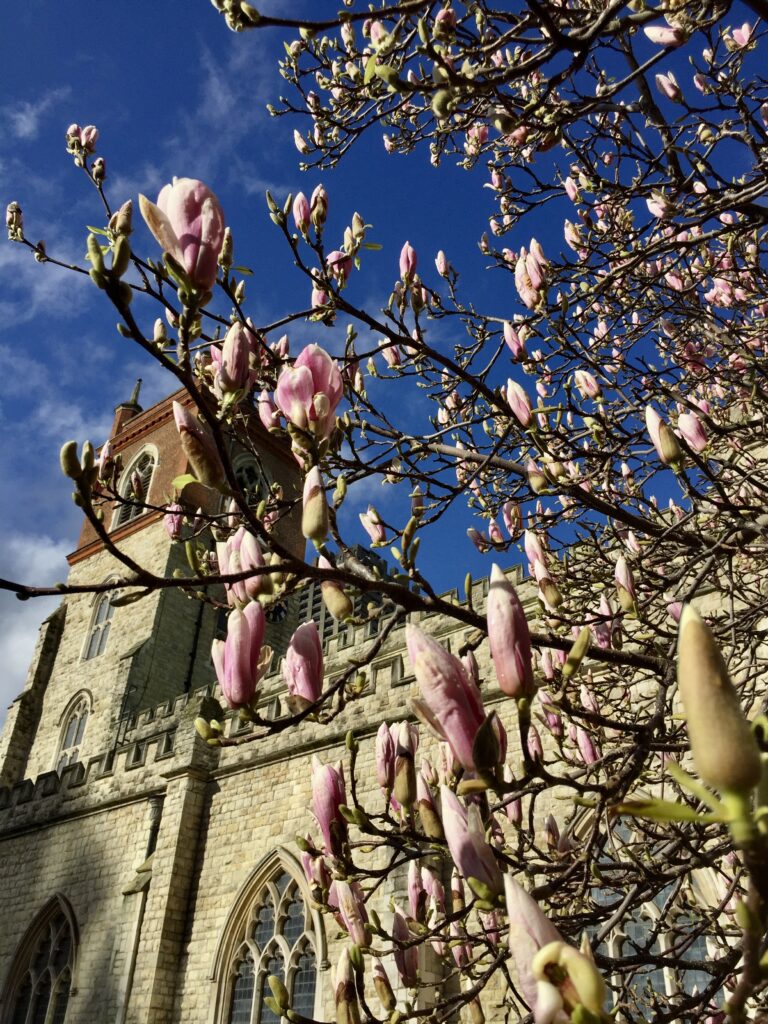
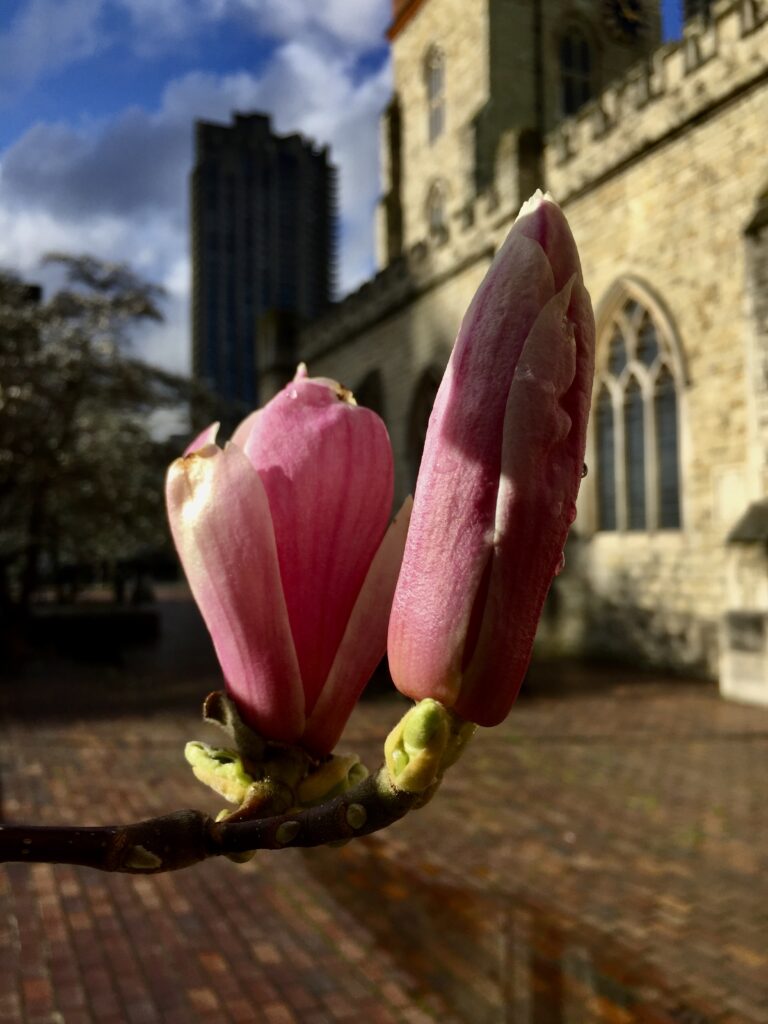
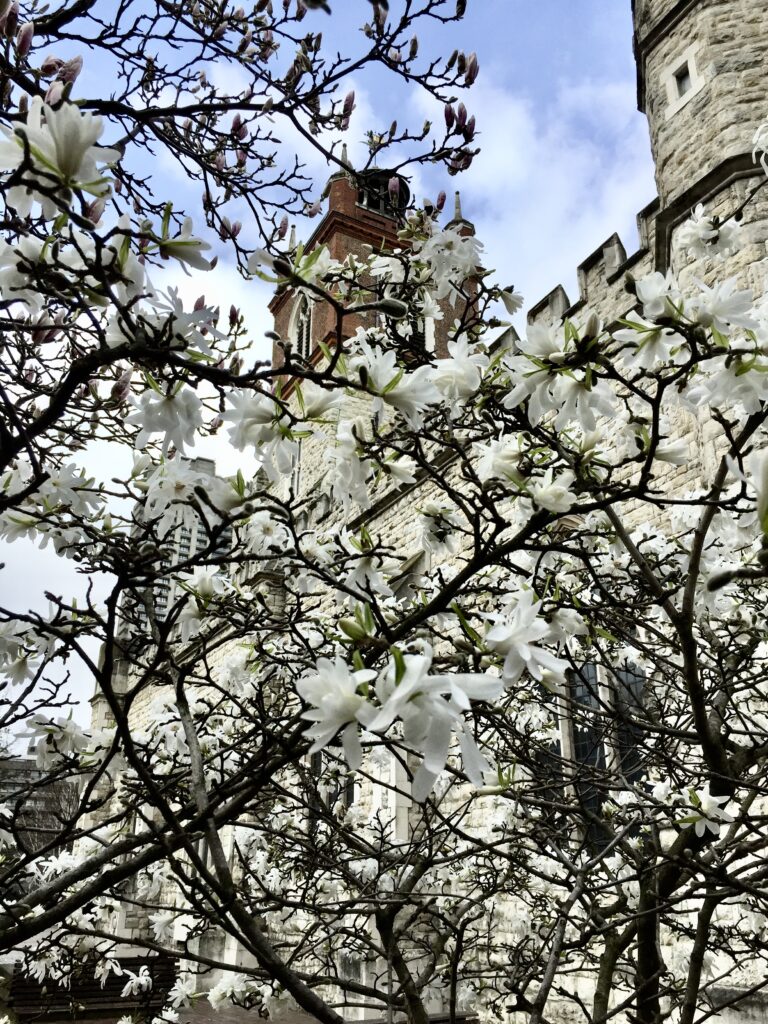
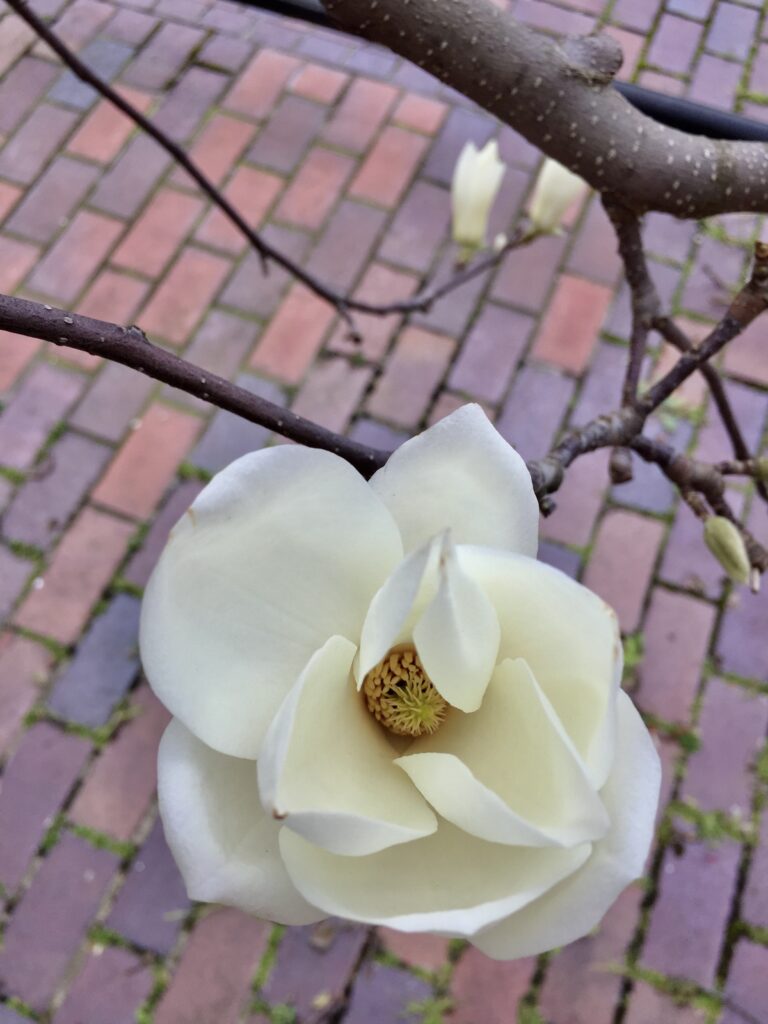
Daffs are popping up everywhere. They cheer me up even when the weather is rubbish …
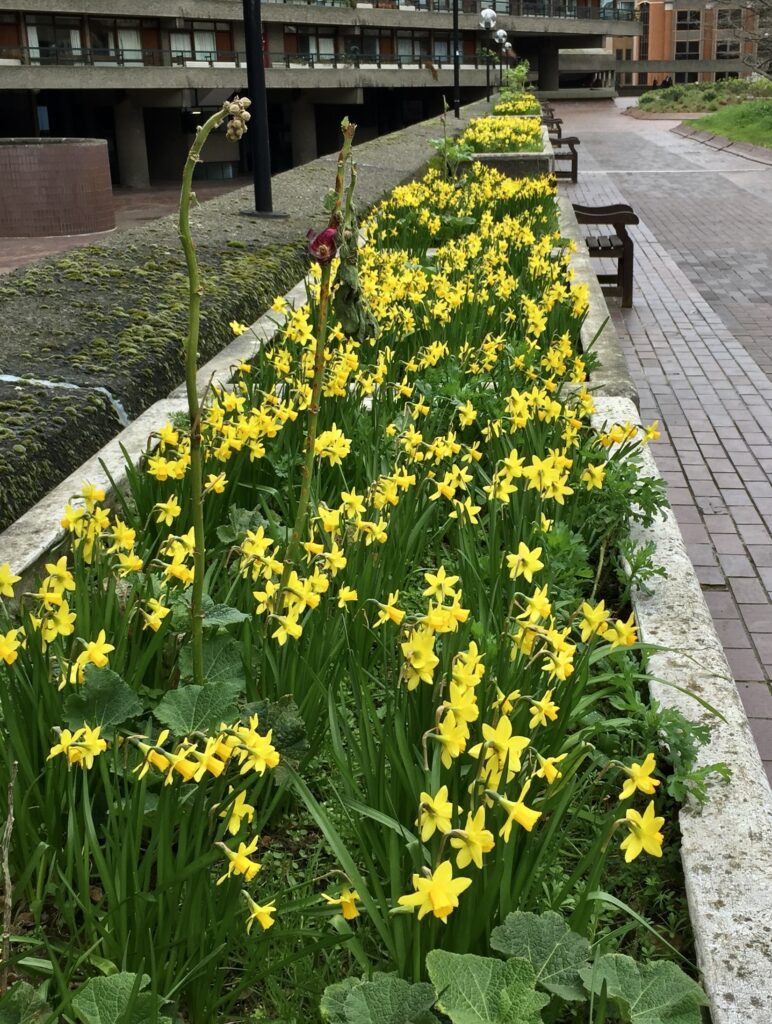

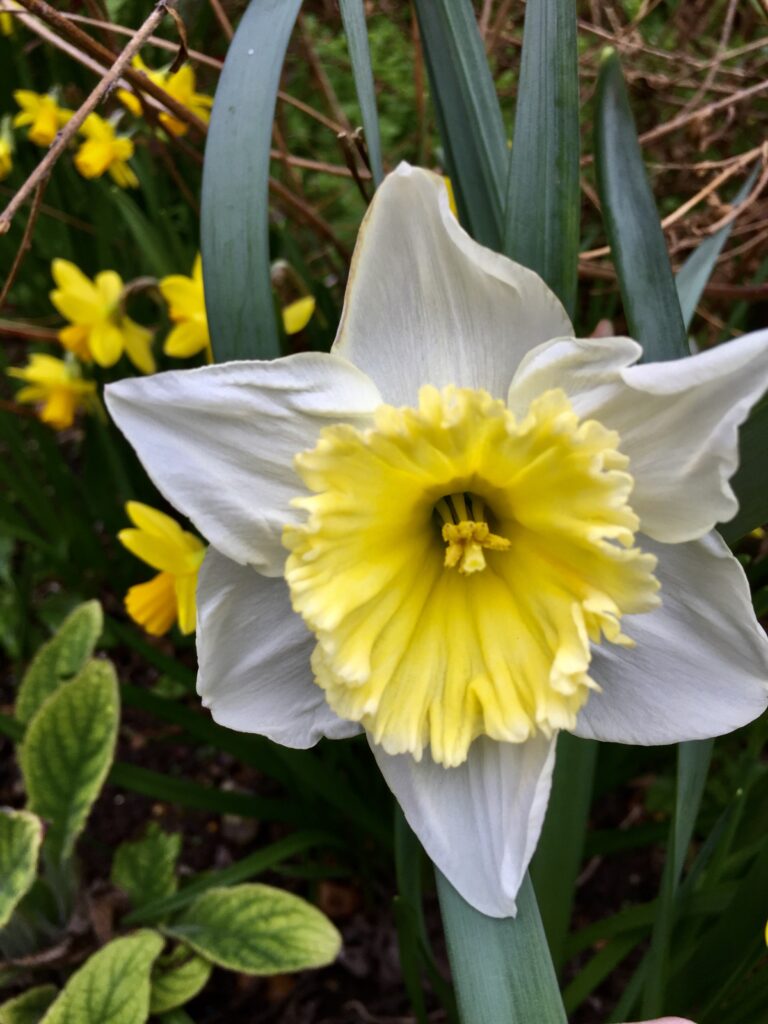
And they’re not alone …
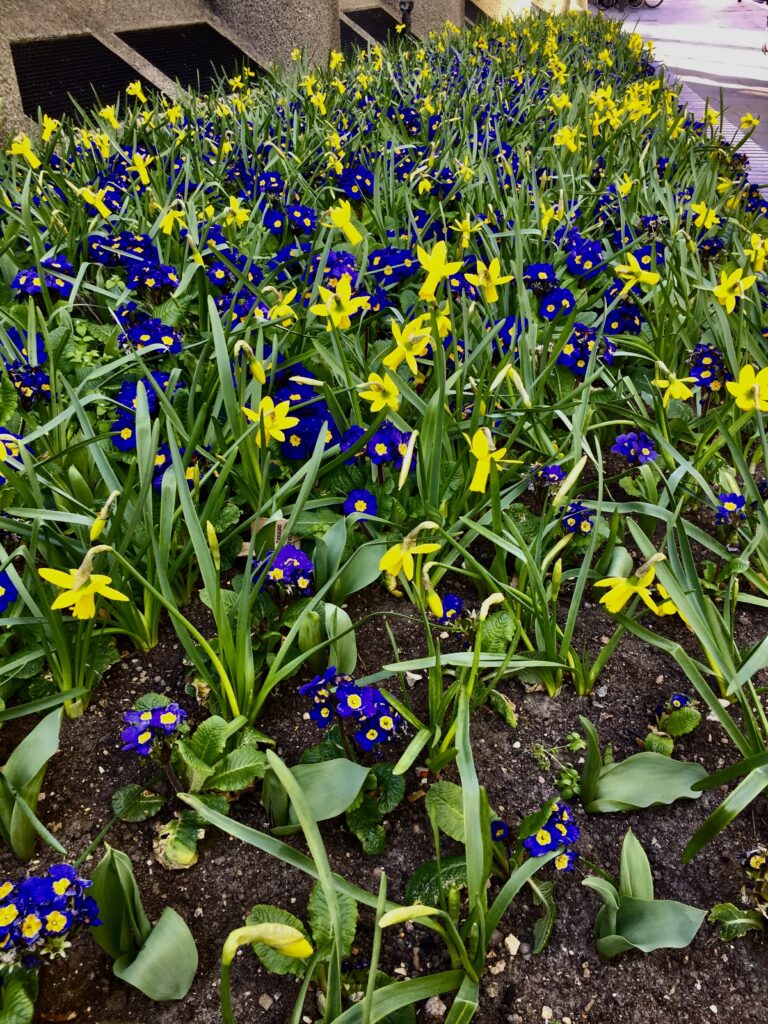
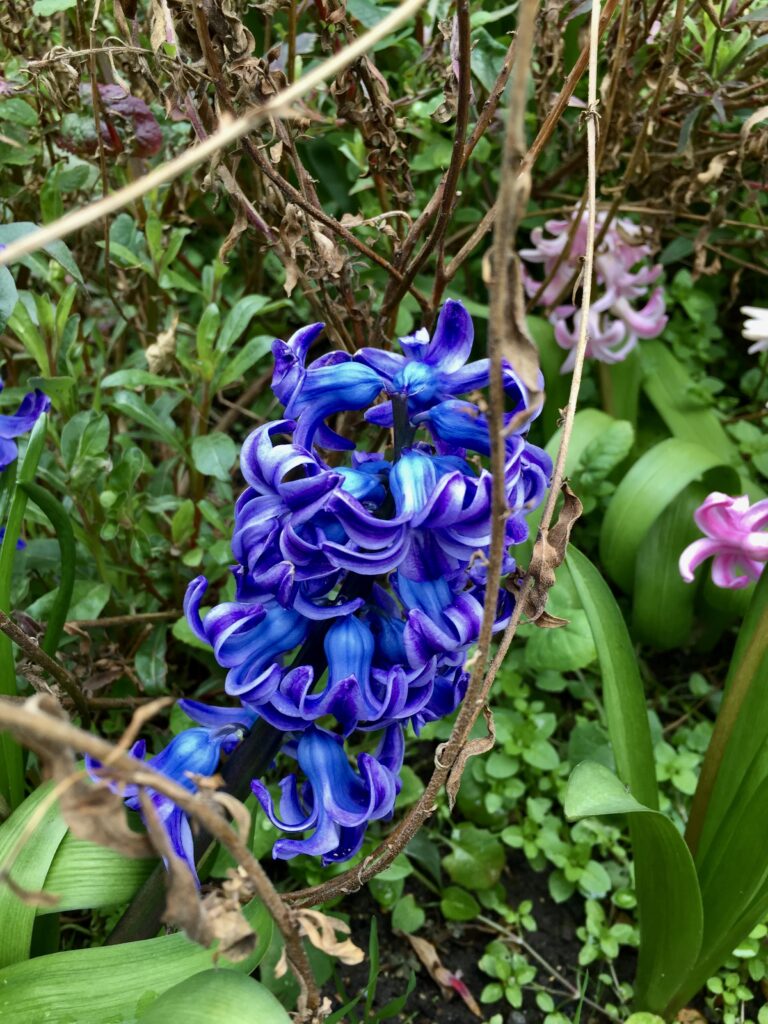
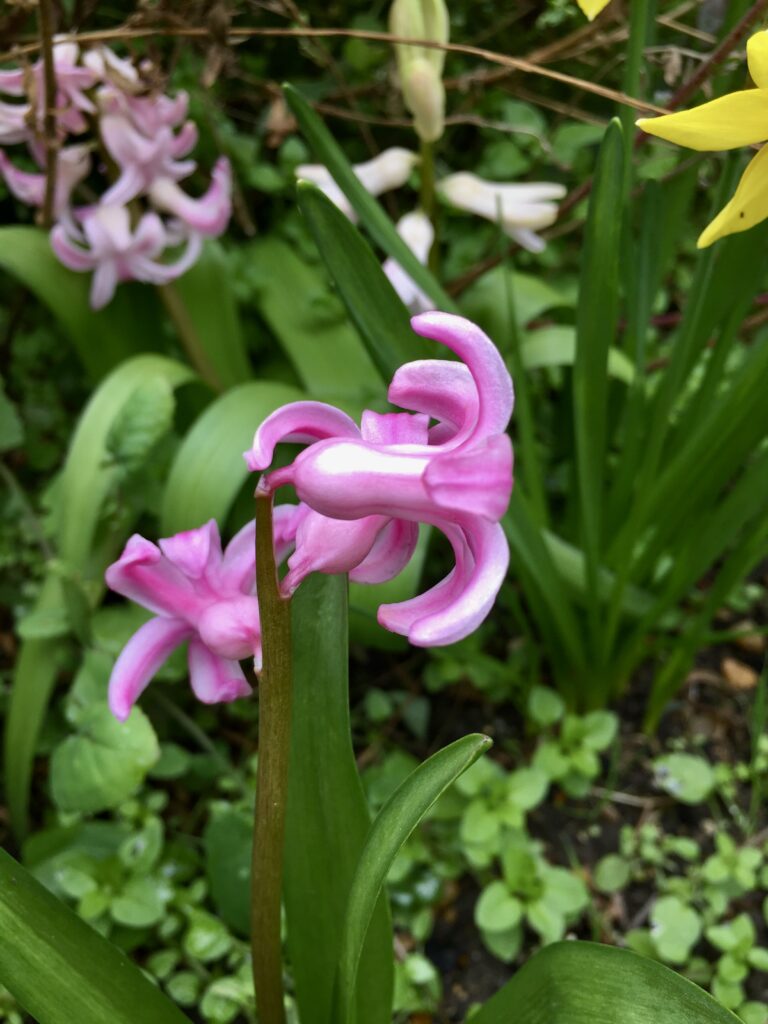
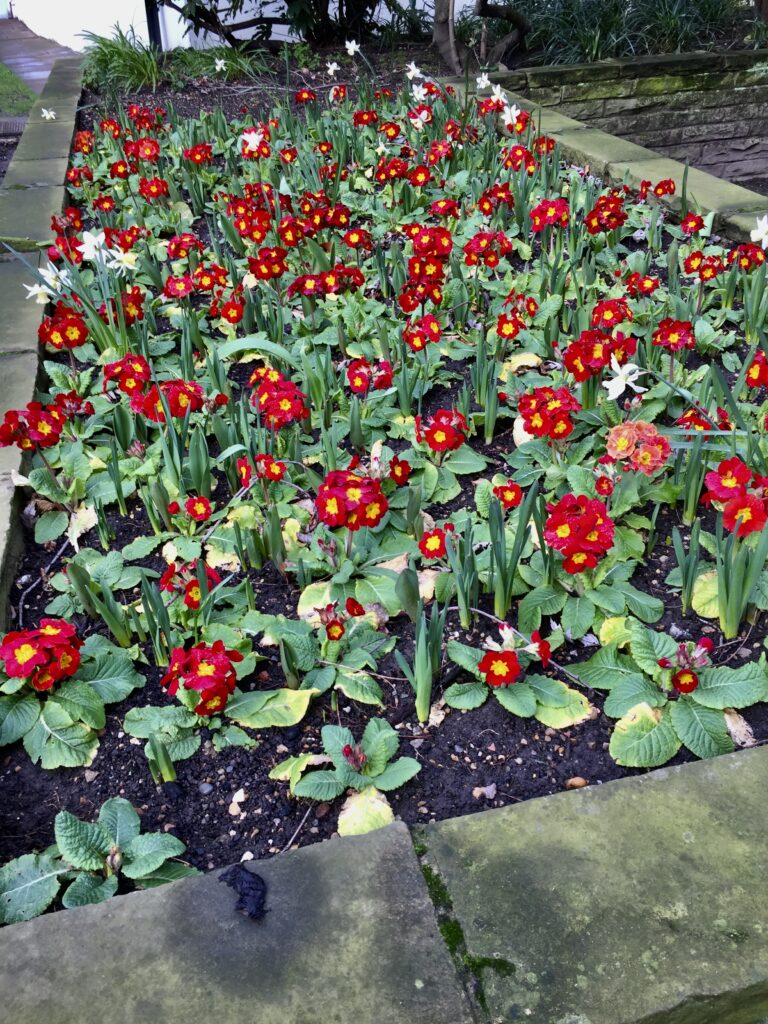

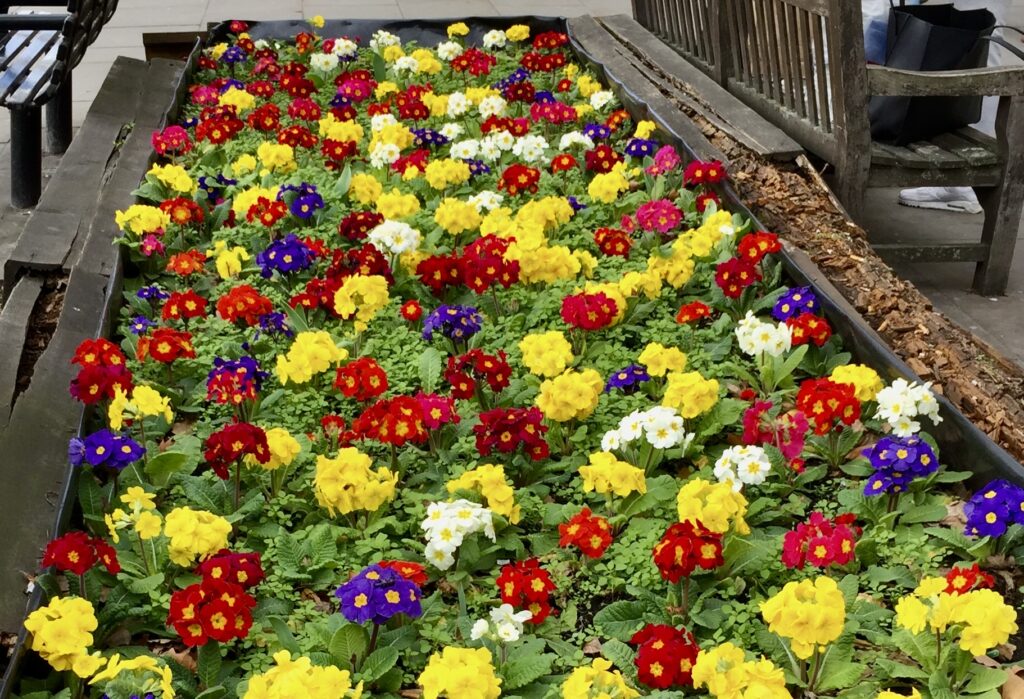
I came cross some Barbican acrobatics …

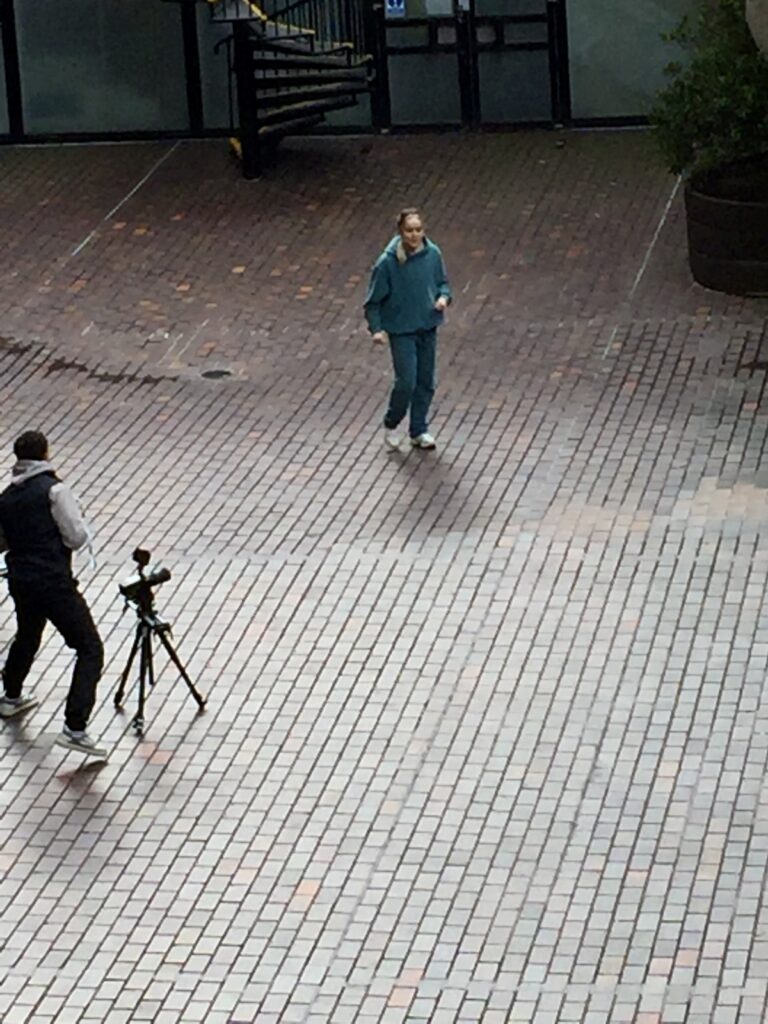
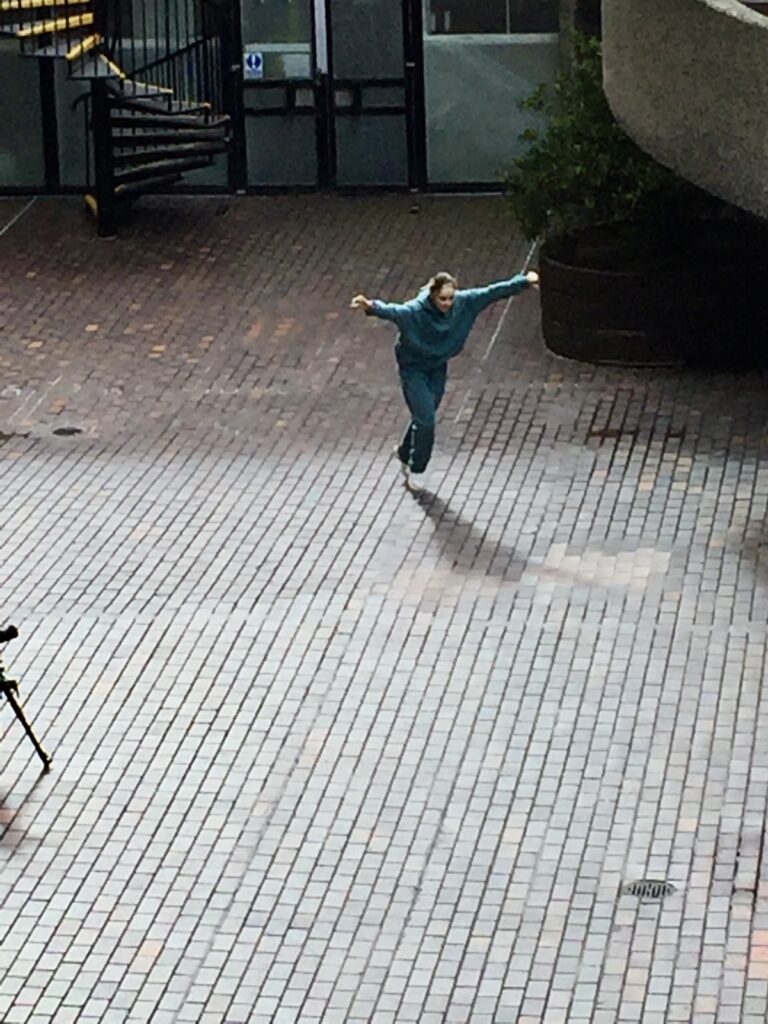
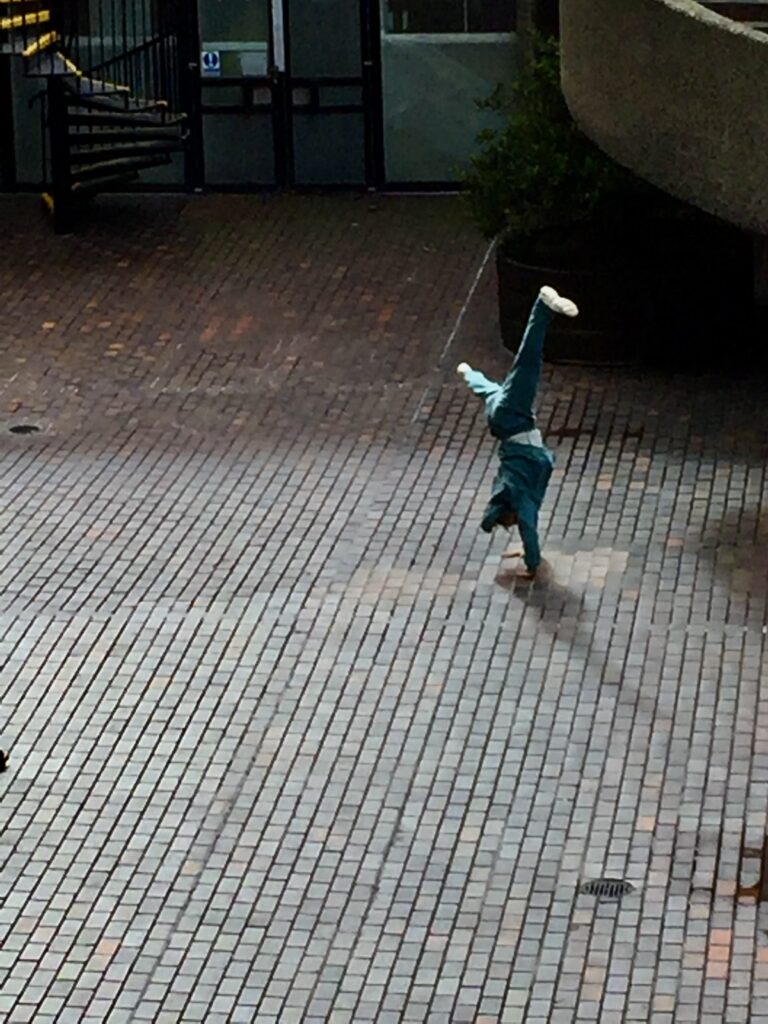
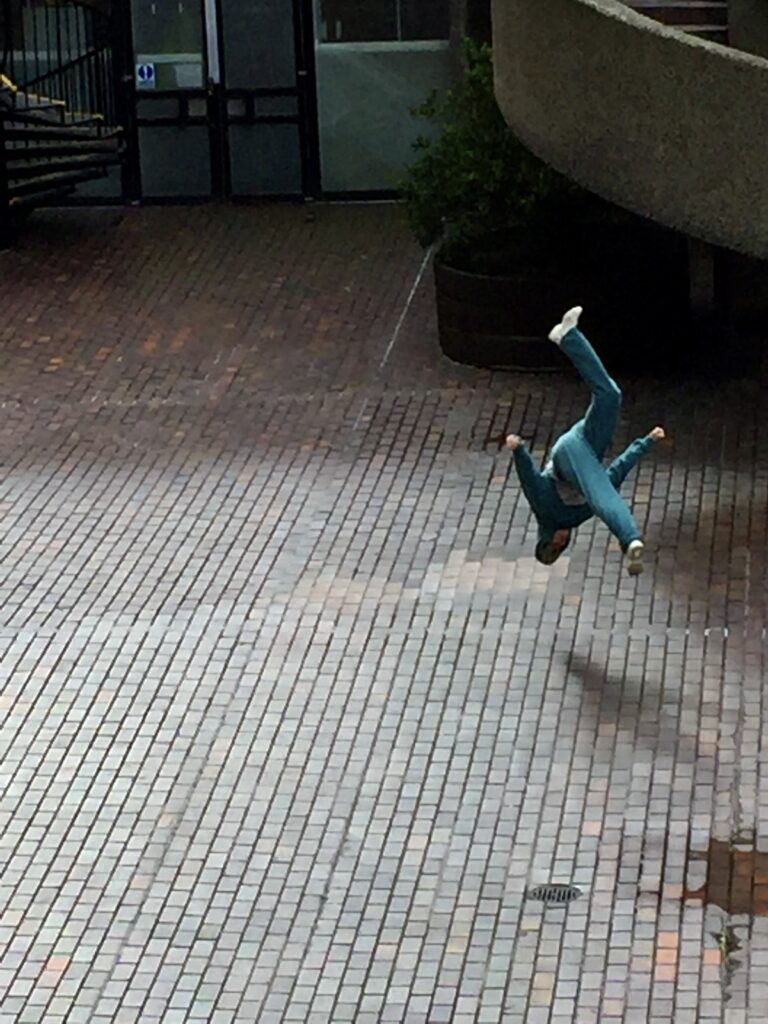
Barbican water feaures …
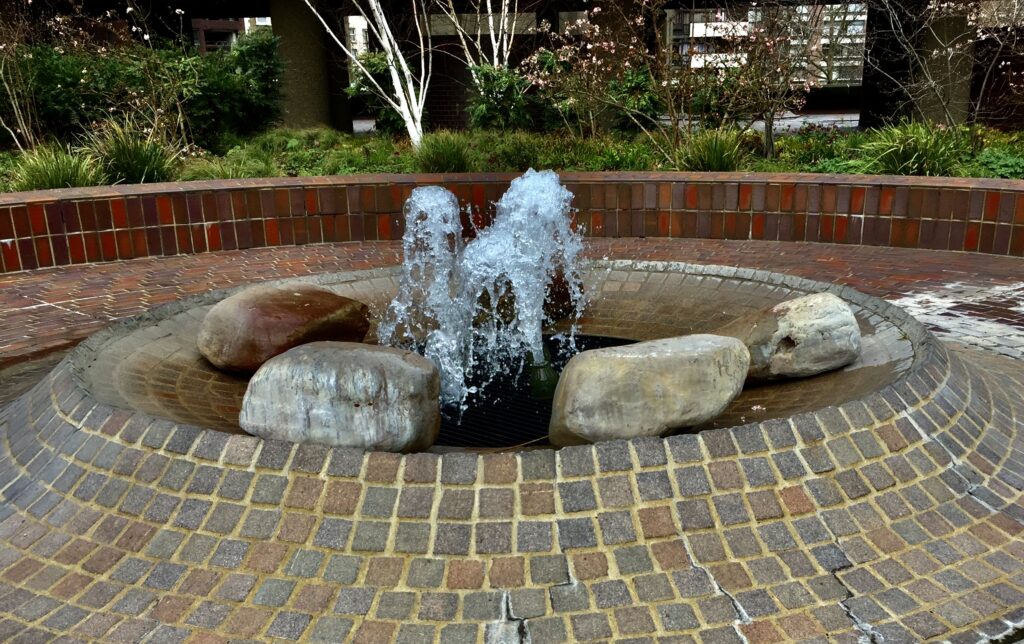
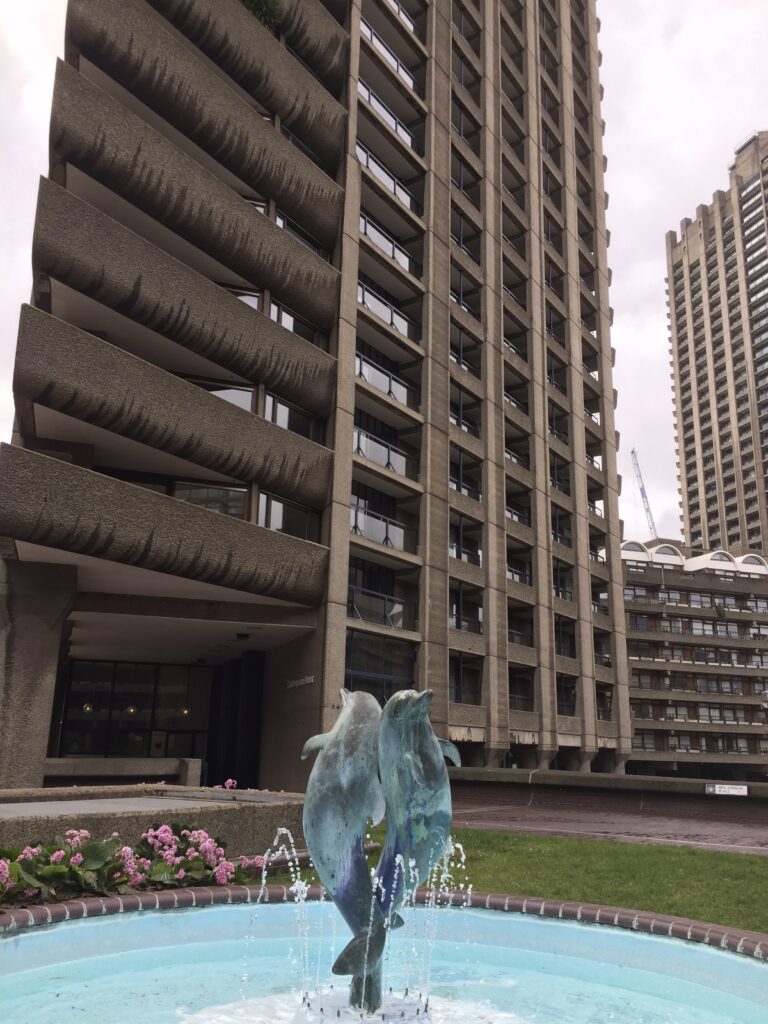
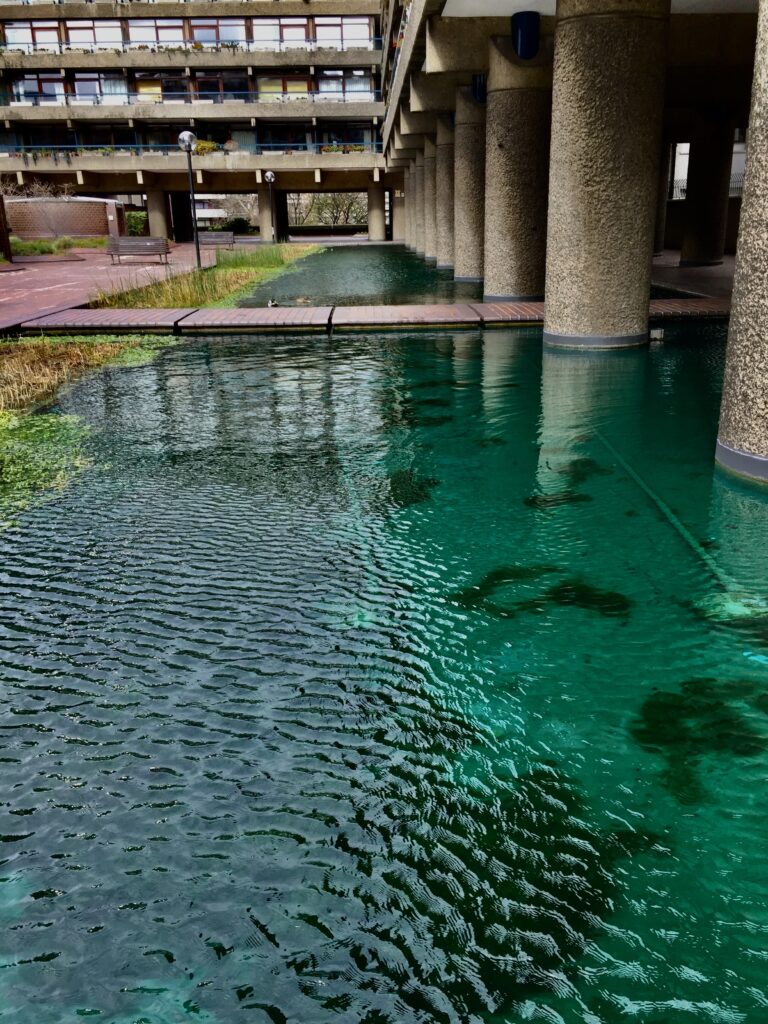
Water feature plus residents …
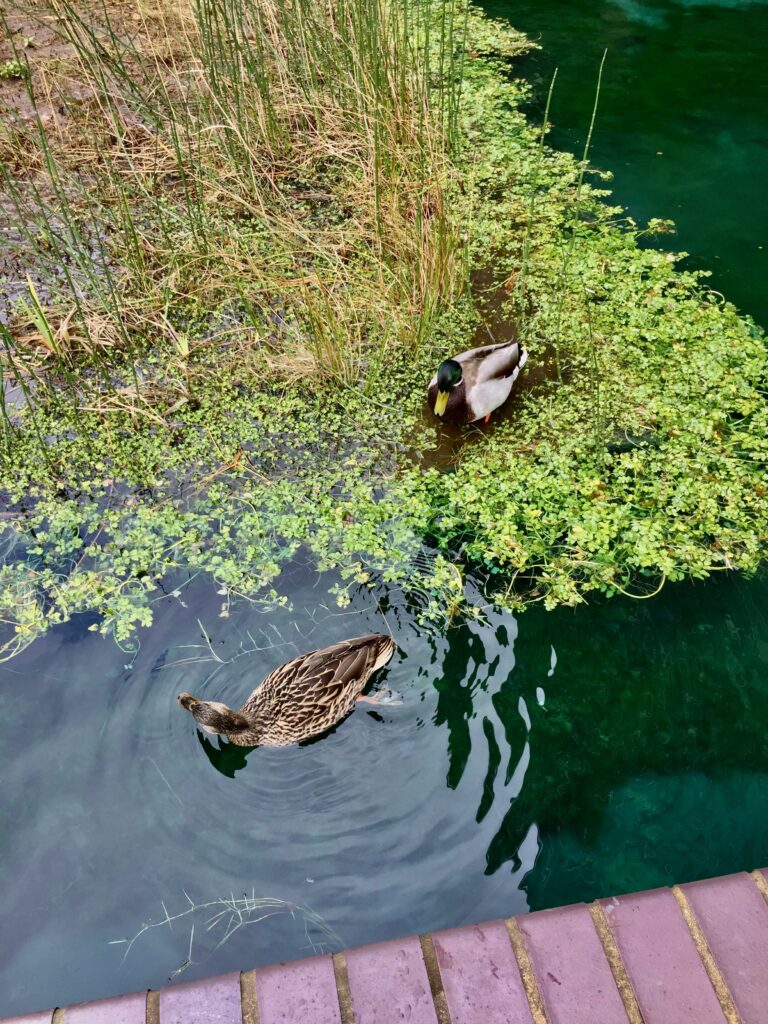
I went to a meeting in Finsbury Circus recently and they had a rather nice roof terrace so I snapped this city skyline view …

I’m not a great fan of that new monster building on Bishopsgate, but it does generate interesting reflections at certain times of day. In the foreground is St Giles Church and on the left Tower 42 …
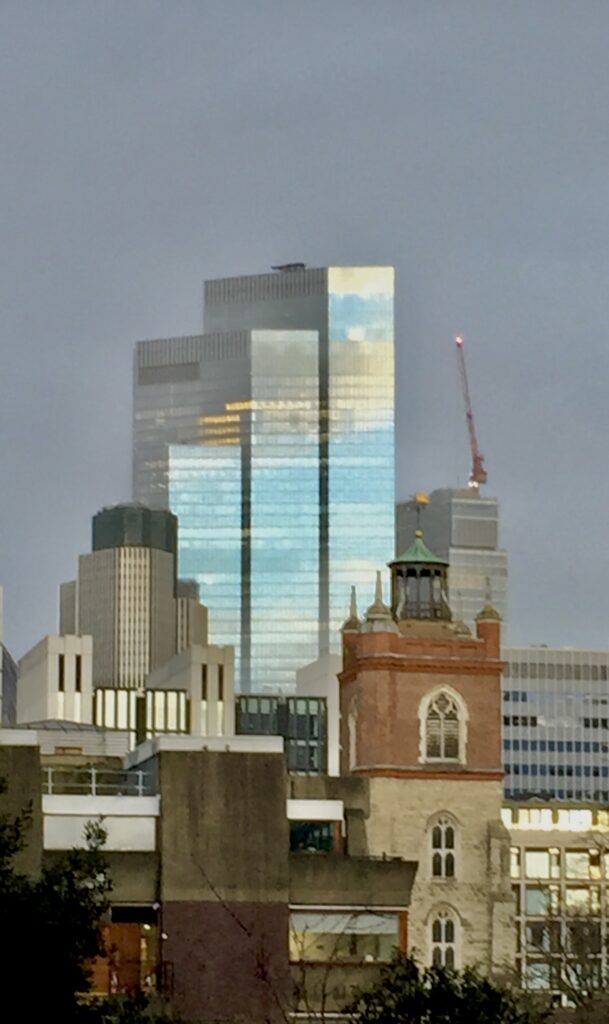
And finally, an apartment hosting a giant pink banana being cuddled by a furry white poodle. I so wish I knew their background story!
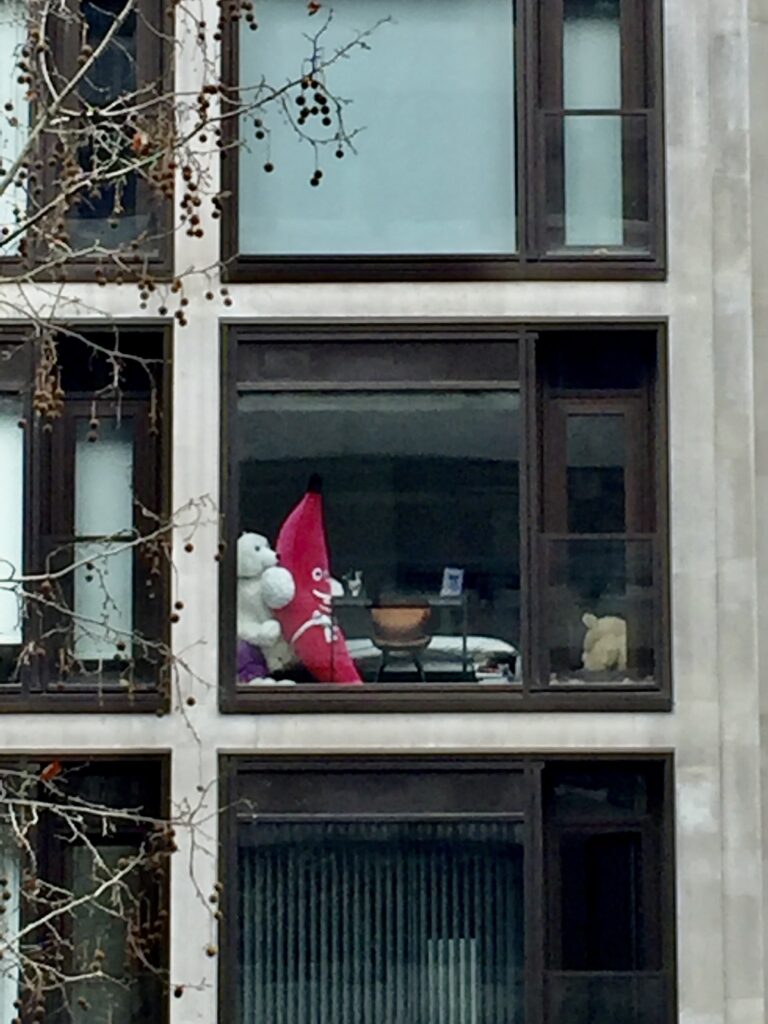
PS Don’t forget, the excellent Magnificent Maps exhibition at the Metropolitan Archive finishes on 29th March, so no time to lose if you want to visit.
This is a screen shot of one of the displays showing the bomb damage around St Paul’s Cathedral …

Here is the key – just look at the devastation and wonder how the Cathedral survived …
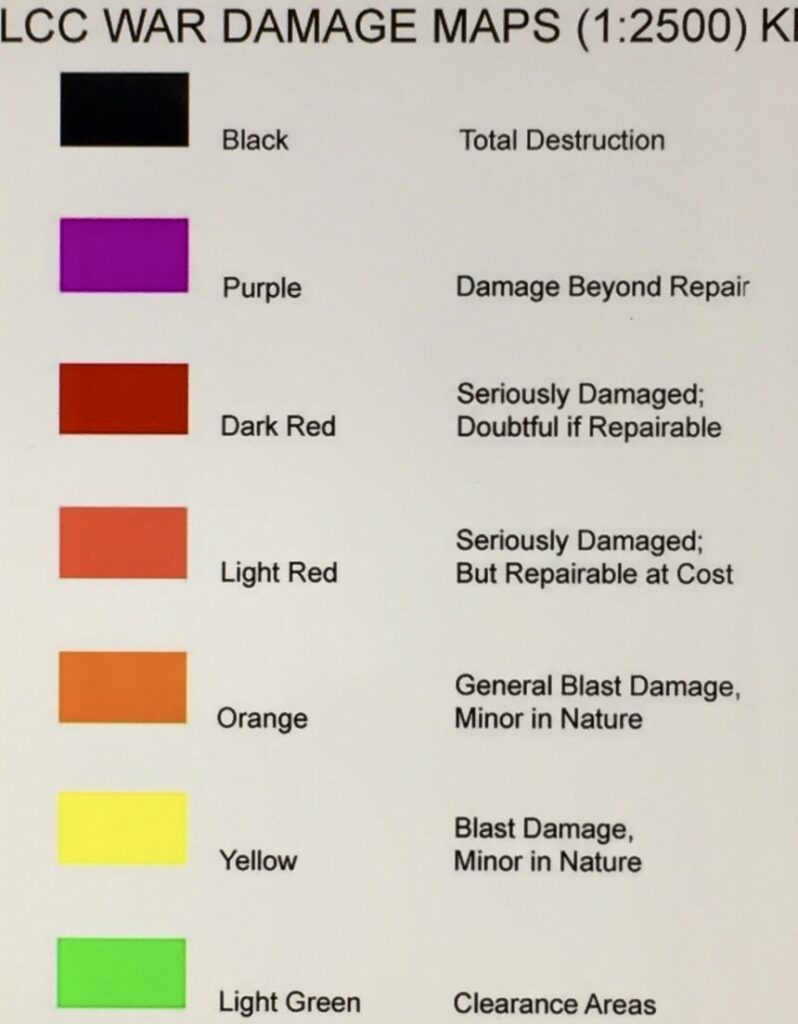
If you would like to follow me on Instagram here is the link …
